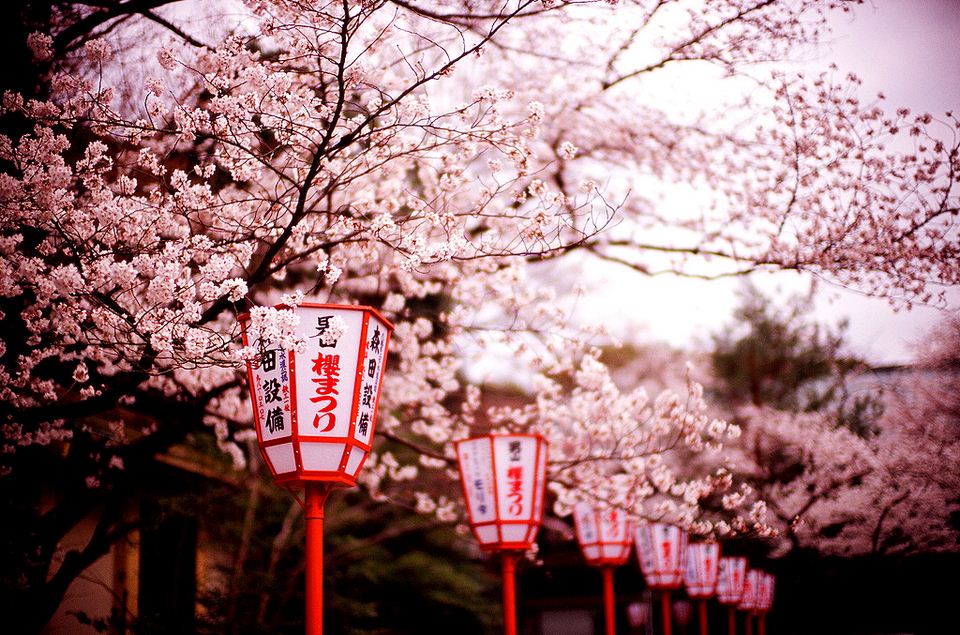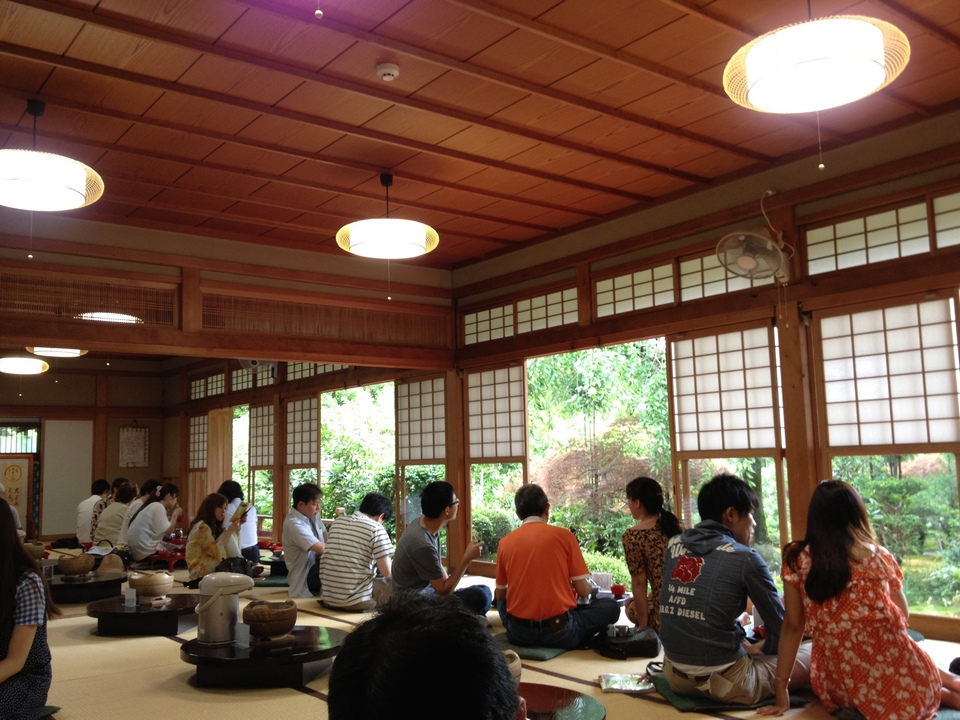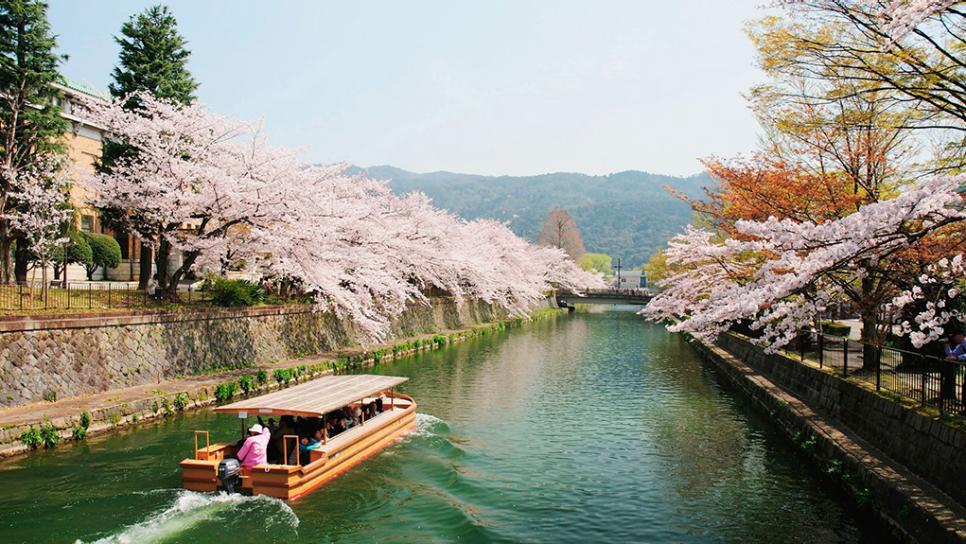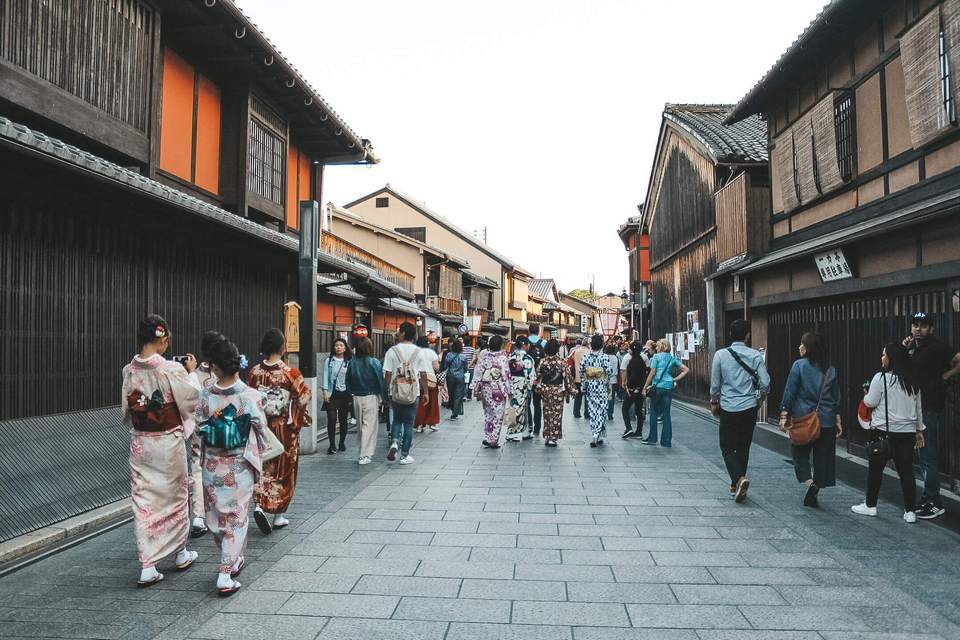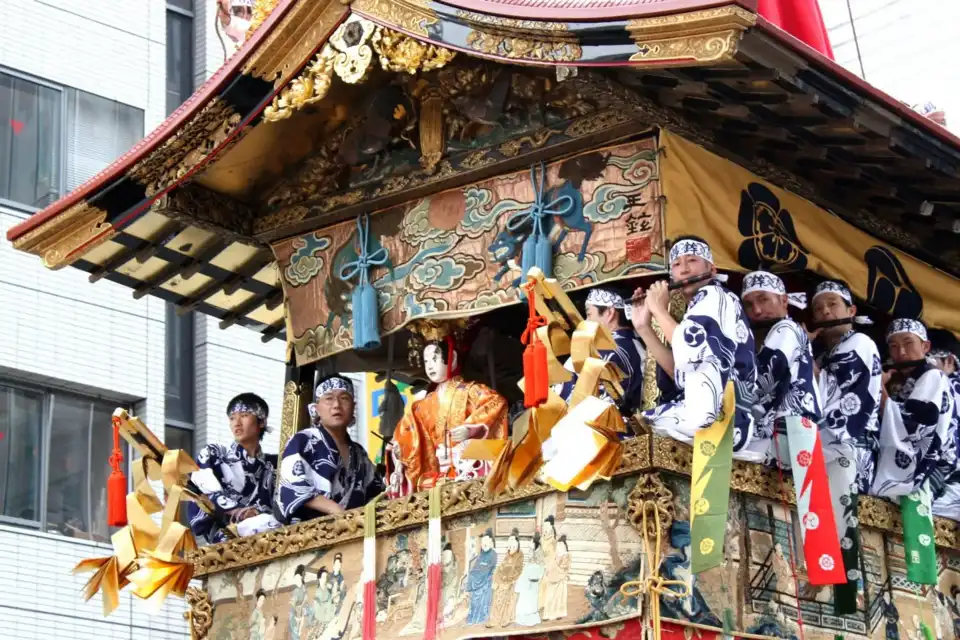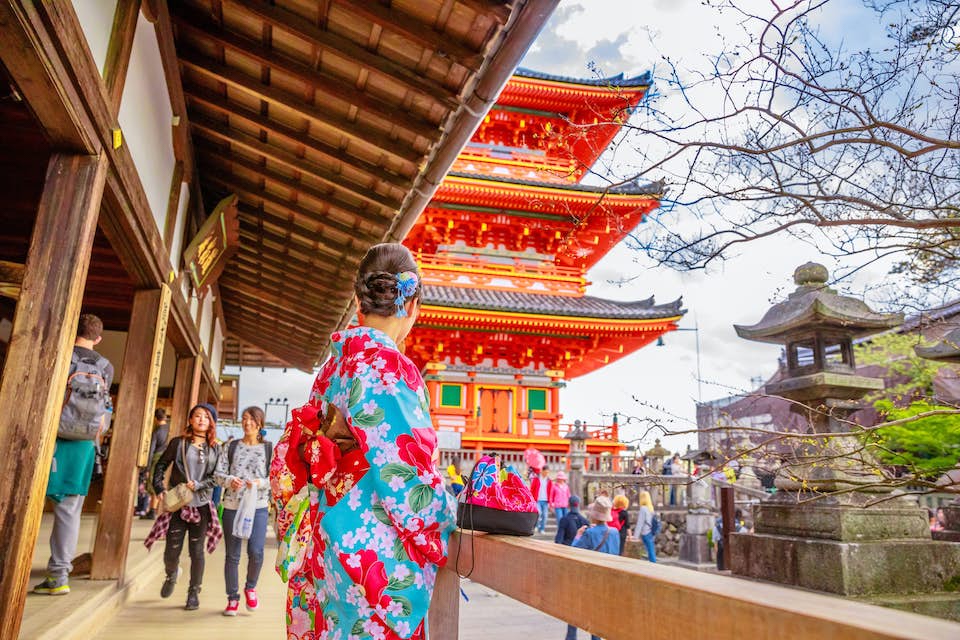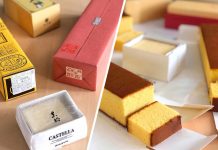Kyoto was the capital of Japan back in the day with many historical structures such as the Kiyomizu-dera Buddhist Temple or Nijo Castle. It is one of the major cities in the world and a destination that everyone should visit at least once during their travels. Let’s plan your ideal vacation to Japan’s cultural capital and the second most popular destination in the country after Tokyo. So, what you need to know before going to Kyoto? Let’s check out our compiled list of Kyoto travel tips (Kyoto tips), Kyoto insider tips with 12+ things to know before going to Kyoto as detailed below!
- When is the best time to visit Kyoto? — The best, worst, affordable & best season to visit Kyoto
- Kyoto cherry blossom 2025 forecast — The dates & 9+ best place to see cherry blossoms in Kyoto
- Kyoto fall foliage forecast 2025 — The time & 15+ best place to see autumn leaves in Kyoto
- JR Rail Pass Guide. All things you need to know, how to buy, how to use along with Japan Rail Pass FAQs
- What to buy in Kyoto? — 31+ must-buy Kyoto souvenirs, gifts & best things to buy in Kyoto
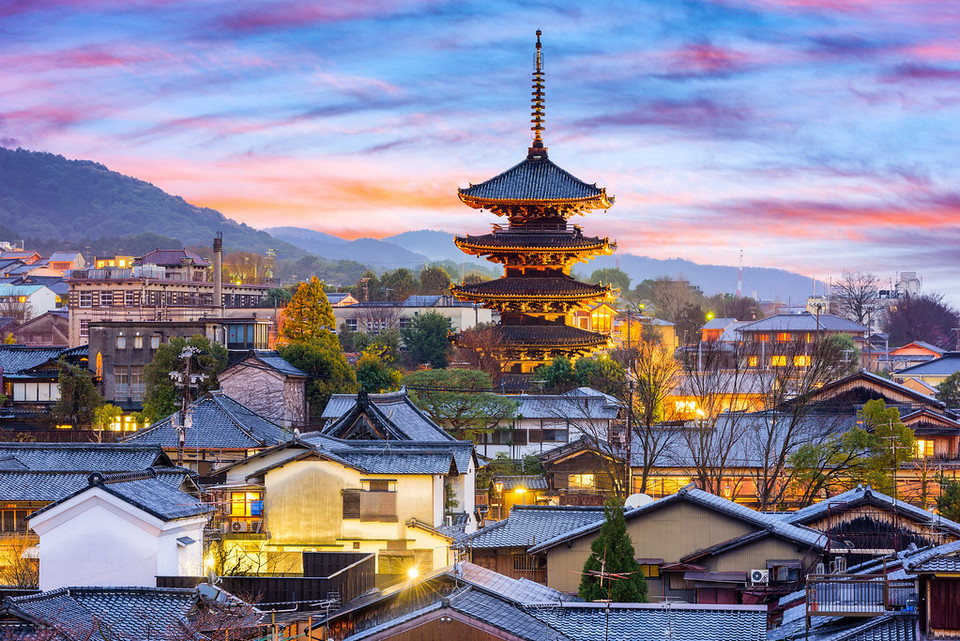
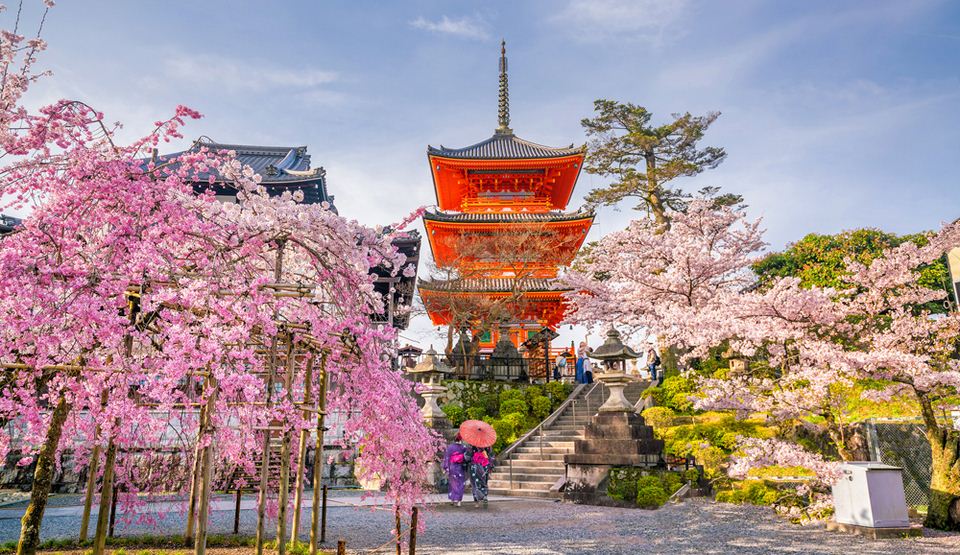
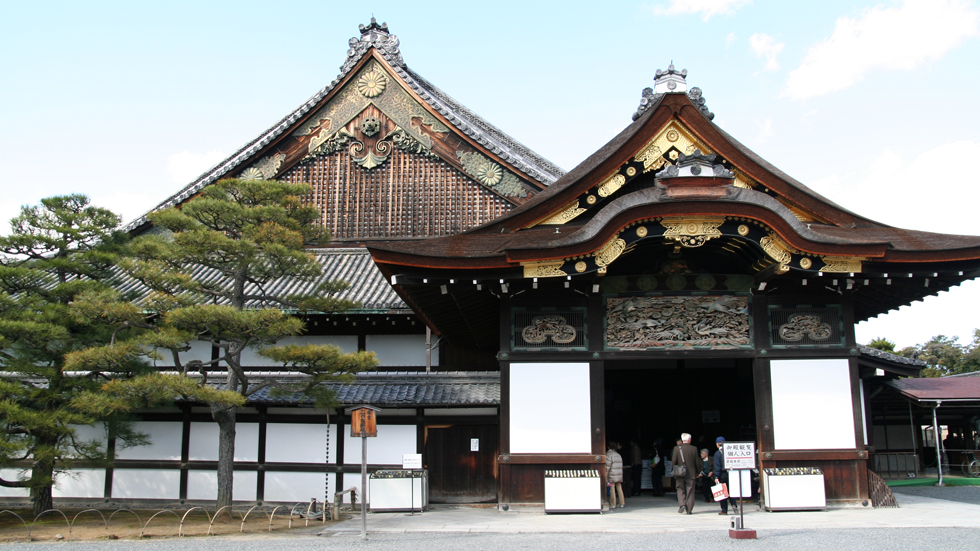
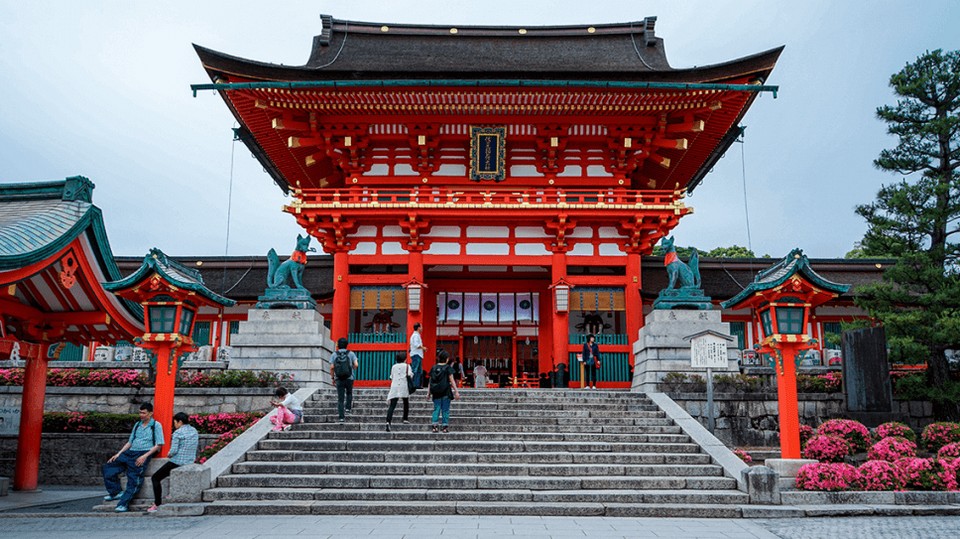
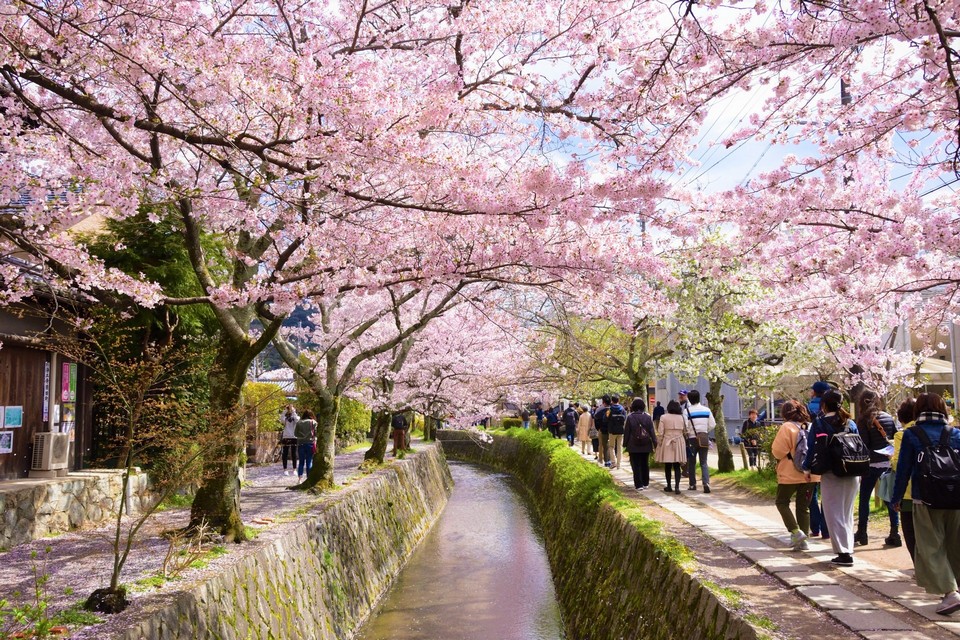
Here are some helpful Kyoto travel tips to help you build your trip to the ancient capital of Kyoto.
Use public transportation and Google Maps (#kyoto travel tips)

Kyoto is a rather small city with an excellent and efficient public transportation system that makes it easy to get around and explore all of its amazing places. The most convenient means to travel around Kyoto is the city bus. Taking the one-day bus ride in Kyoto City, you can get to almost anywhere in the city. It has a reasonable fare, very convenient for getting on and off the bus with a single swipe of the card. You can purchase bus passes at subway station ticket counters, city bus counters, city bus information counters, on the subways, and even on the buses themselves.
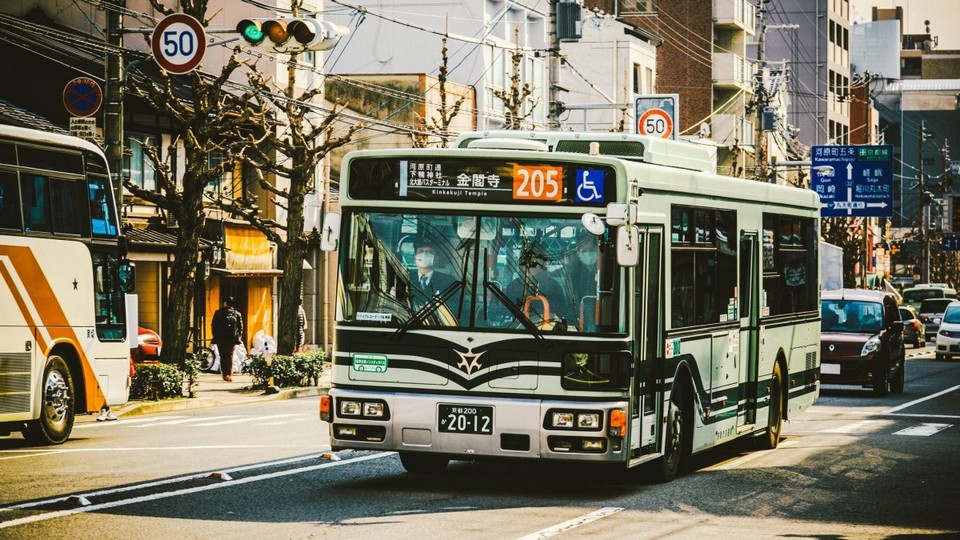
Kyoto’s subway system is also great for downtown city travel with more than two dozen train stations, making commuting between districts less time-consuming than taking a bus. However, subway passes are quite expensive compared to bus fares.
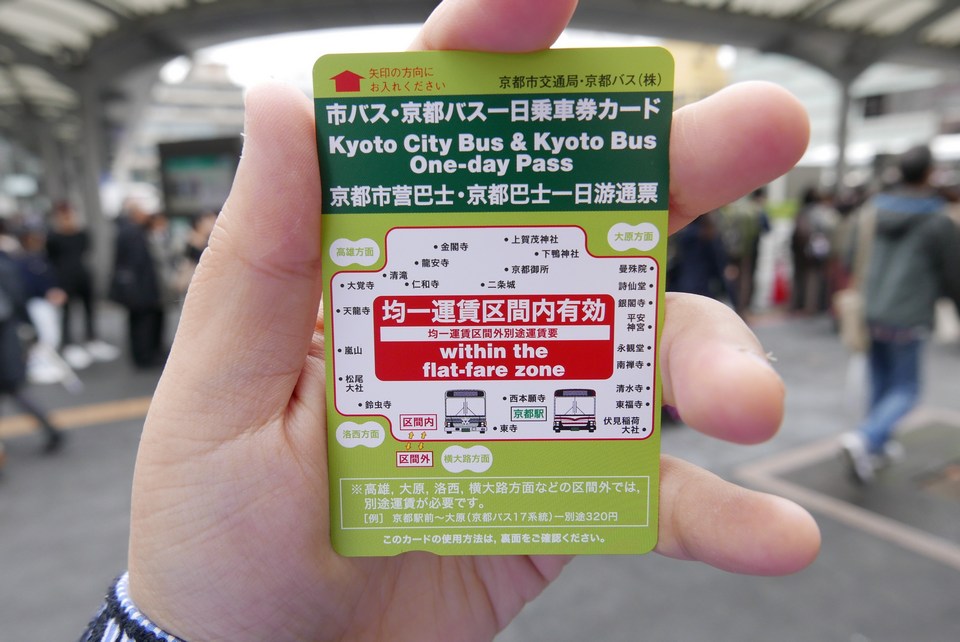
Google Maps is a great tool for you to plan your routes and know which bus to take. Carefully plan your itinerary and the places you want to visit before your trip. And then sit back, relax and reap the benefits of this amazing app.
Free things in Kyoto (#kyoto travel tips)
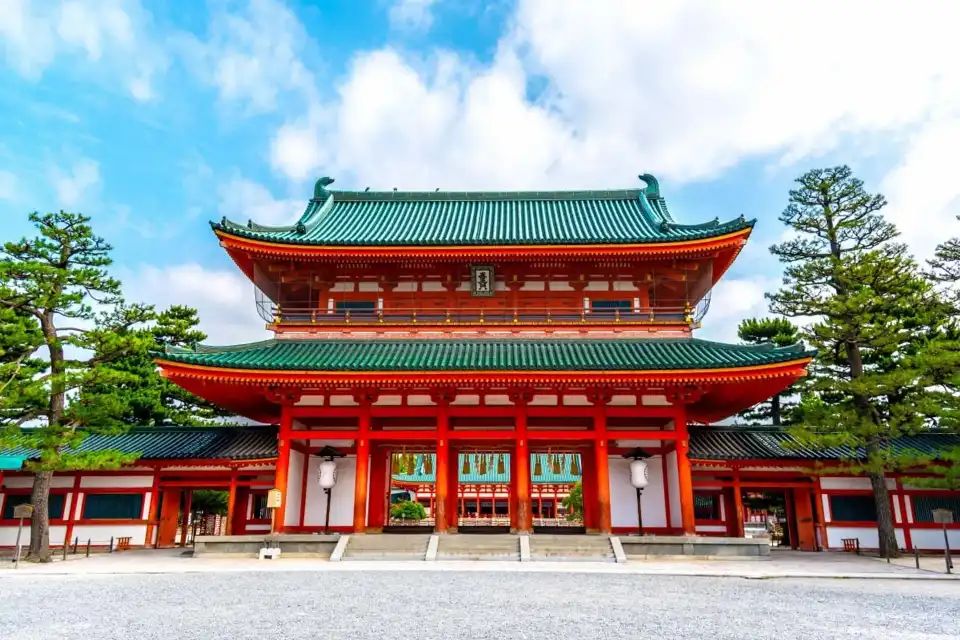
Do you know there are a couple of fun and free things to do in Kyoto City? Not all attractions are free, but the majority of shrines and even some temples and gardens in Kyoto are free of charge for entrance and visit. Some great free places to check out include Fushimi Inari Taisha Shrine, Yasaka Shrine, Heian Jingu Shrine, Kyoto Imperial Palace, Arashiyama Bamboo Forest, Ninna-ji Temple, and Nishiki Market.
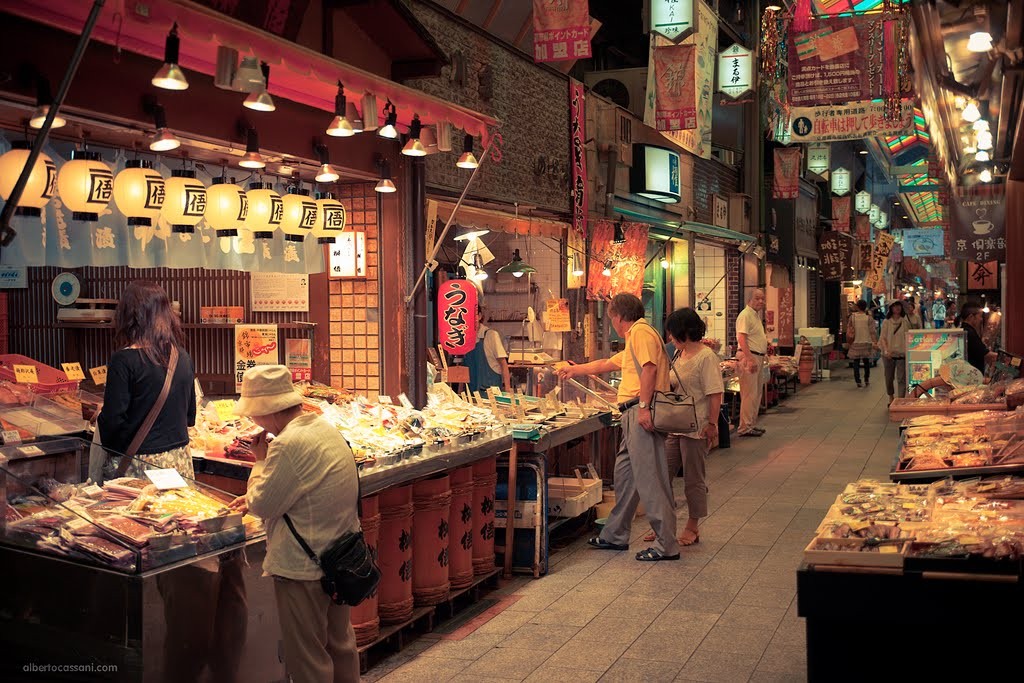
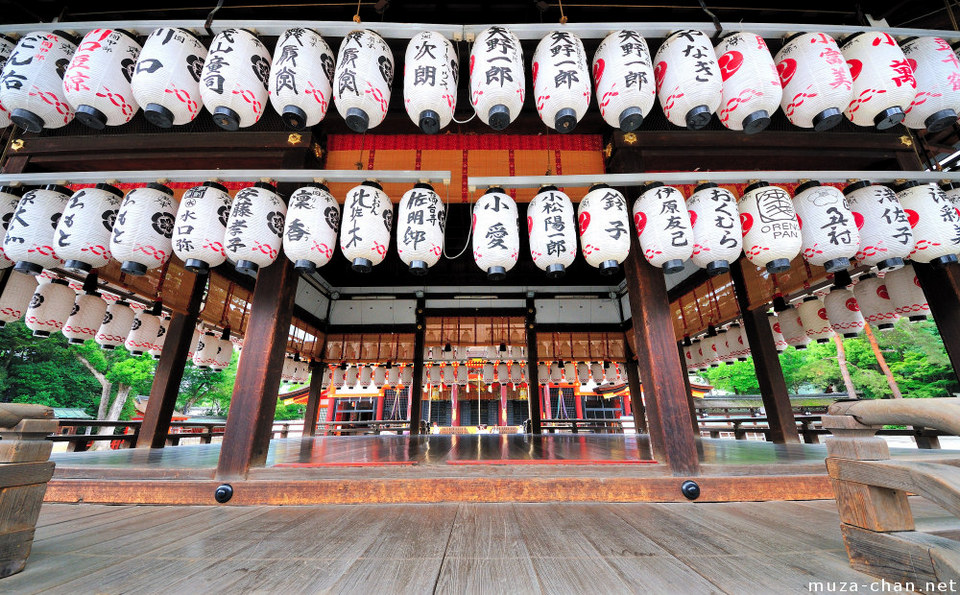
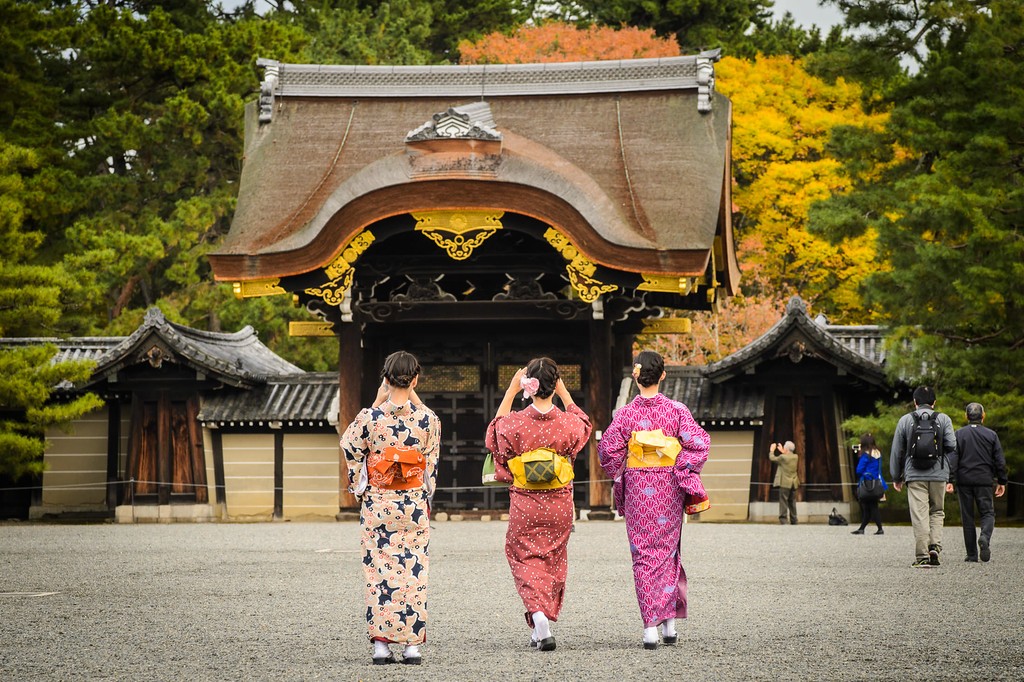
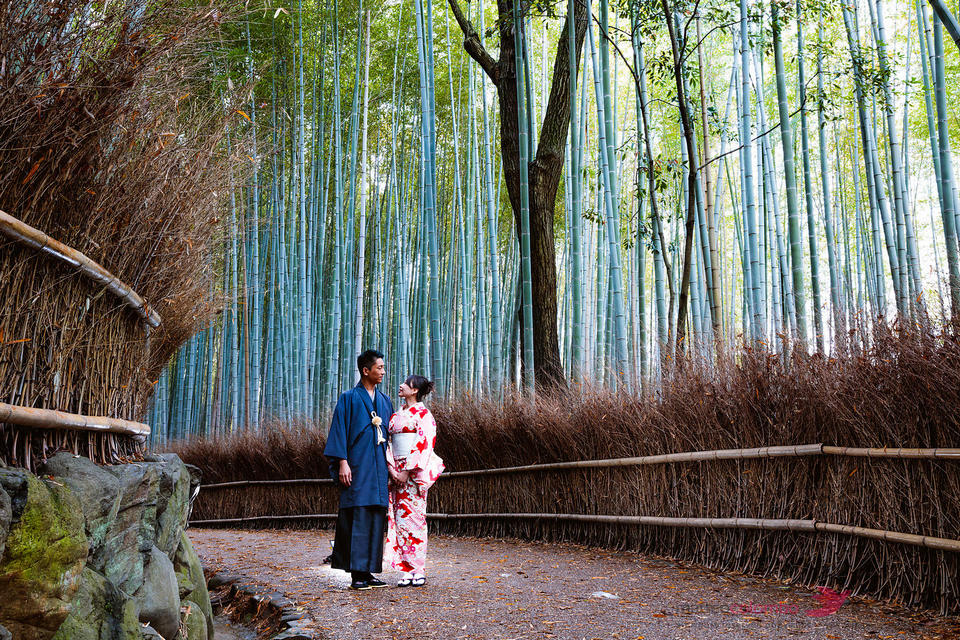
Bring some coins in your pocket when going to temples and pagodas

When visiting temples and pagodas, remember to bring those coins that have a hole. Small round coins with a hole in the middle are considered auspicious and said to be the best for bringing good luck to you when praying. The five-yen coin is the best choice to put into the prayer box when praying at a shrine or temple in Japan.
Five yen is called “go-en” in Japanese, which means good luck, so people use it in the hope of bringing good luck to business, love, or relationships. It’s a good idea to take a few coins with you as Kyoto has thousands of shrines, and you’re supposed to visit at least a few of them on your trip.
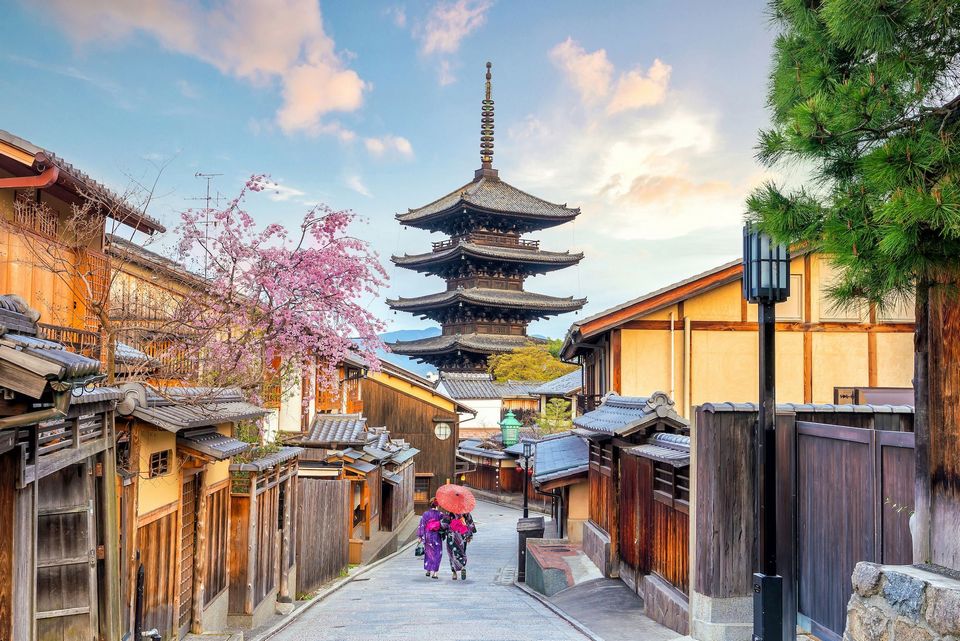
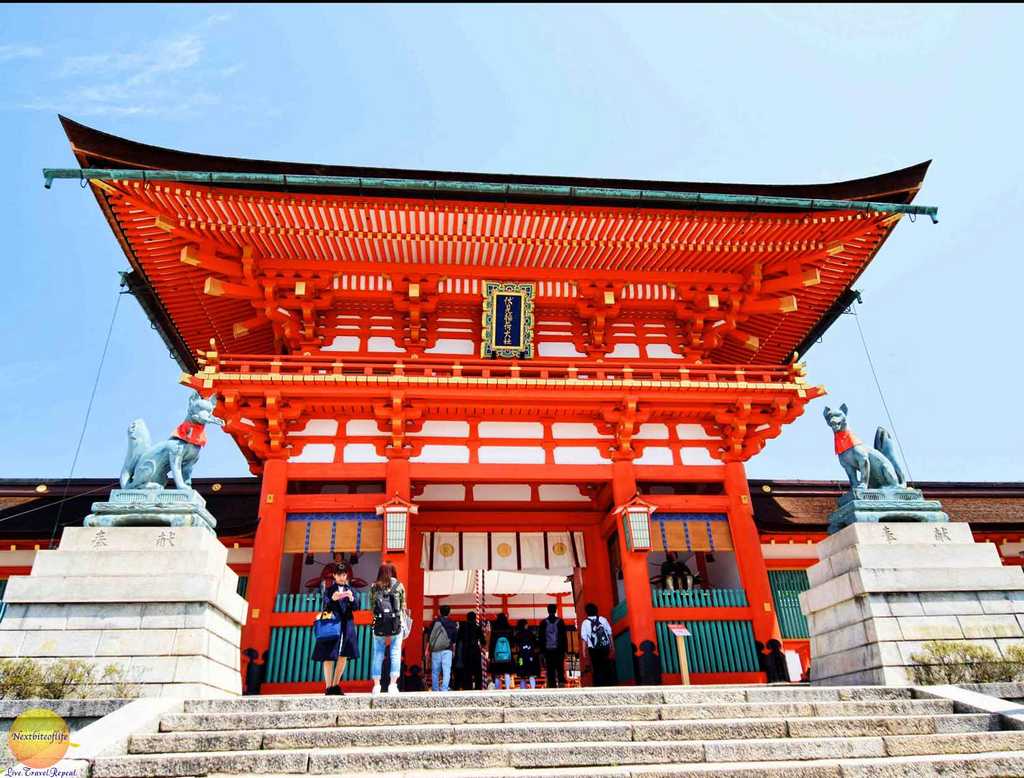
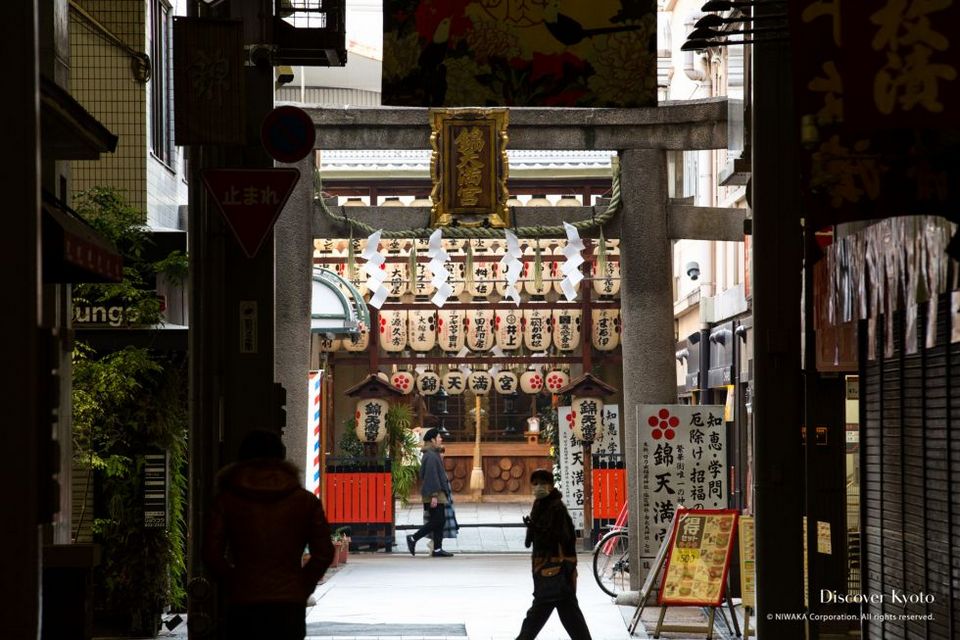
Get yourself a pair of comfortable shoes to prepare for the hike (#kyoto travel tips)
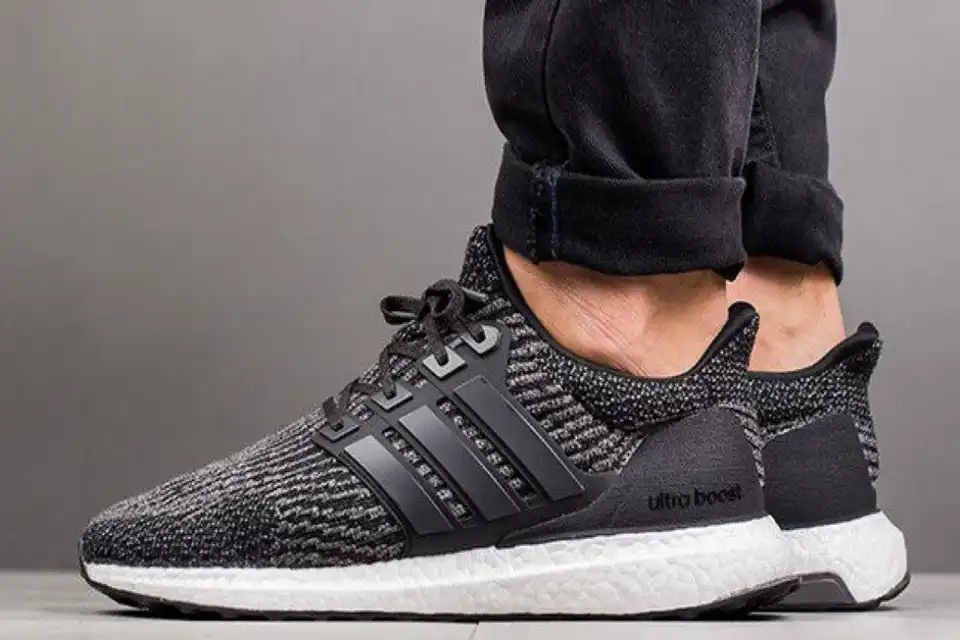
With all its historic shrines, colorful temples, well-preserved ancient streets, and traditional gardens, Kyoto is a place where you have to walk most of your trip to explore the city. Part of the fun while exploring the attractions is experiencing the walk there. Sometimes you have to walk down small roads, cross pedestrian bridges over canals, and even have to go down small alleys.
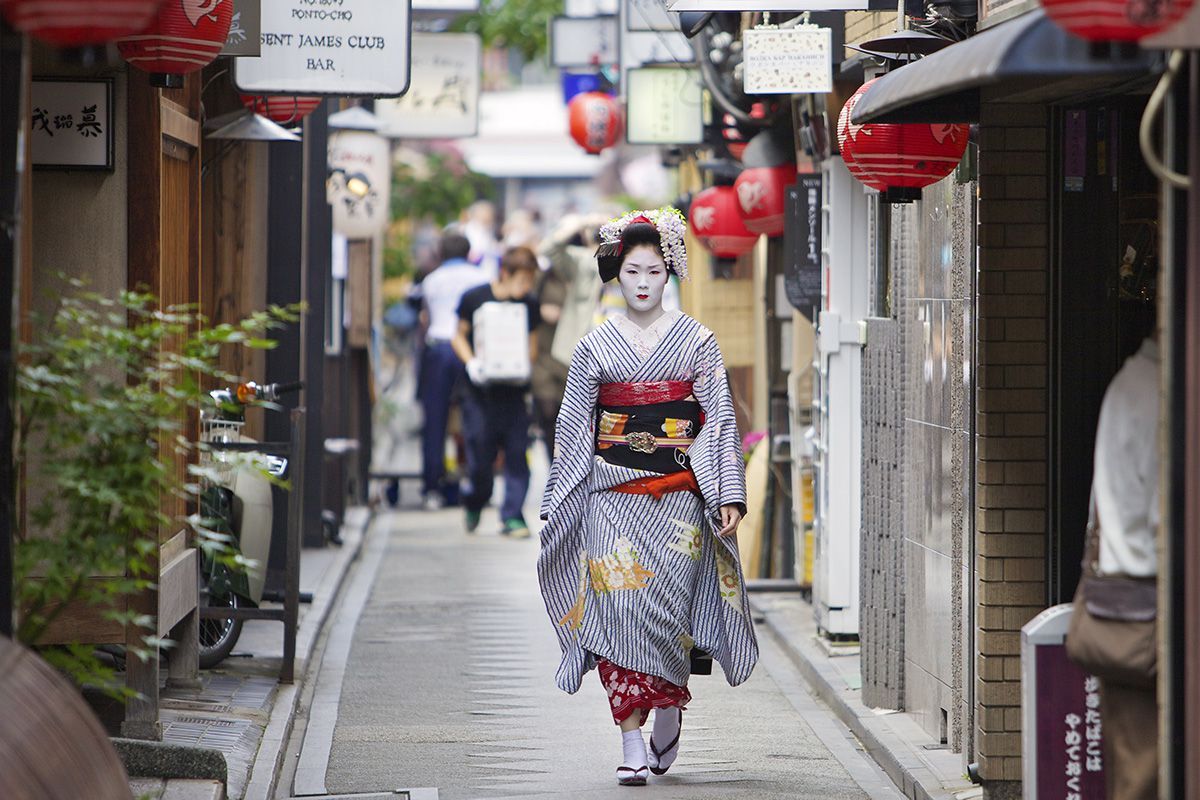
And to make your trip even more special, visit the Philosopher’s Path. This historic stone path runs along the banks of a small part of the Lake Biwa Canal, beneath the hills to the east of Kyoto. This pedestrian path is a cherry blossom viewing spot, but it’s a pretty quiet place during all other seasons. As you stroll along this path, there are plenty of restaurants, shops, cafes, and temples to explore.
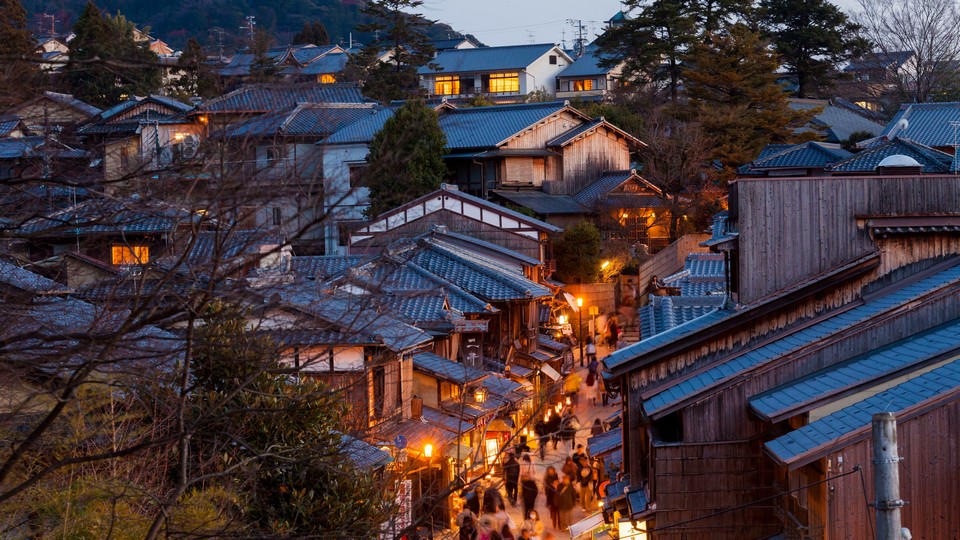
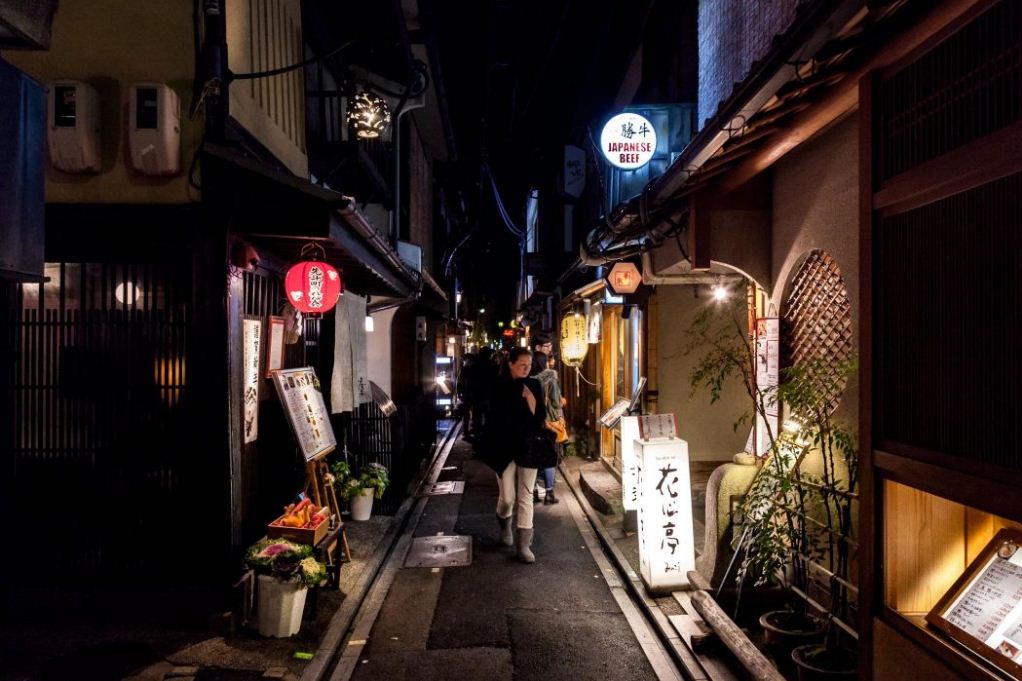
Learn about Kyoto cuisine (#kyoto insider tips)
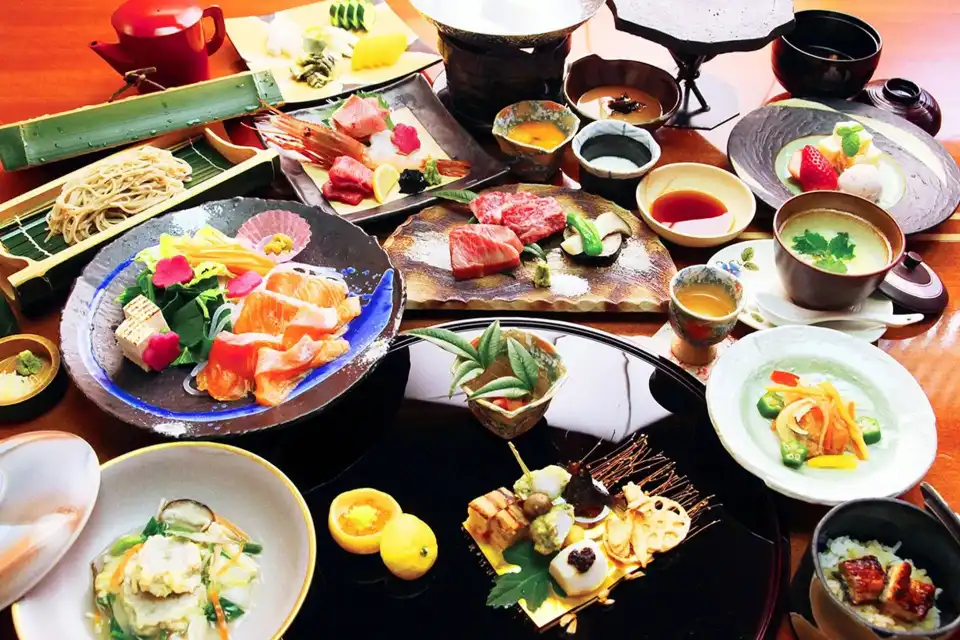
Kyoto has been the center of culture for a long time. Kyo-ryori or Kyoto Cuisine is one of the many must-try experiences in Kyoto. Exquisite multi-course meals are served in traditional dining rooms with Tatami mats. Together with the hosts dressed in typical Japanese Kimono costumes, the dining experience creates one of the unforgettable moments when coming to Kyoto.
Head to Minoko Restaurant in the famous Gion District for a wonderful eleven-course Kyo-ryori dinner. Another option is the popular “Kitcho” Restaurant, known as one of the oldest restaurants for Kaiseki cuisine. In Kyoto, there are many places where you can enjoy traditional authentic Japanese food.

You may eat for less than $20 per day with Udon noodles and Okonomiyaki pancakes, or be willing to spend up to $1,000 for a Kaiseki meal. In both cases, you will absolutely enjoy amazing and remarkable meals. This is an opportunity to learn about the core of Japanese food culture, so if you have enough time, give it a try.
Learn about the seasonal weather in Kyoto
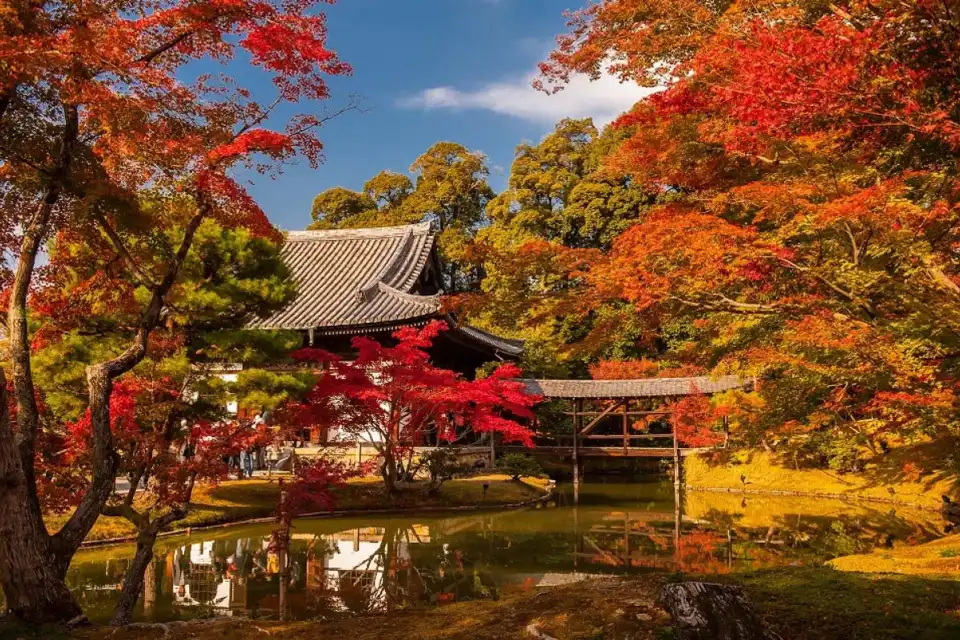
The weather in the ancient capital of Kyoto is divided into 4 distinct seasons. Winter from December to February is the coldest time, sometimes dropping to 0°C, hence very few tourists visit here at this time. The weather begins to warm up in spring from March to May. This is also the ideal time to visit Kyoto and see the cherry blossoms. Summer spans from June to August when it rains in Kyoto. Thus, the streets are always wet, and you need to bring with you umbrellas or raincoats. In fall from September to November, the weather becomes milder and warmer.
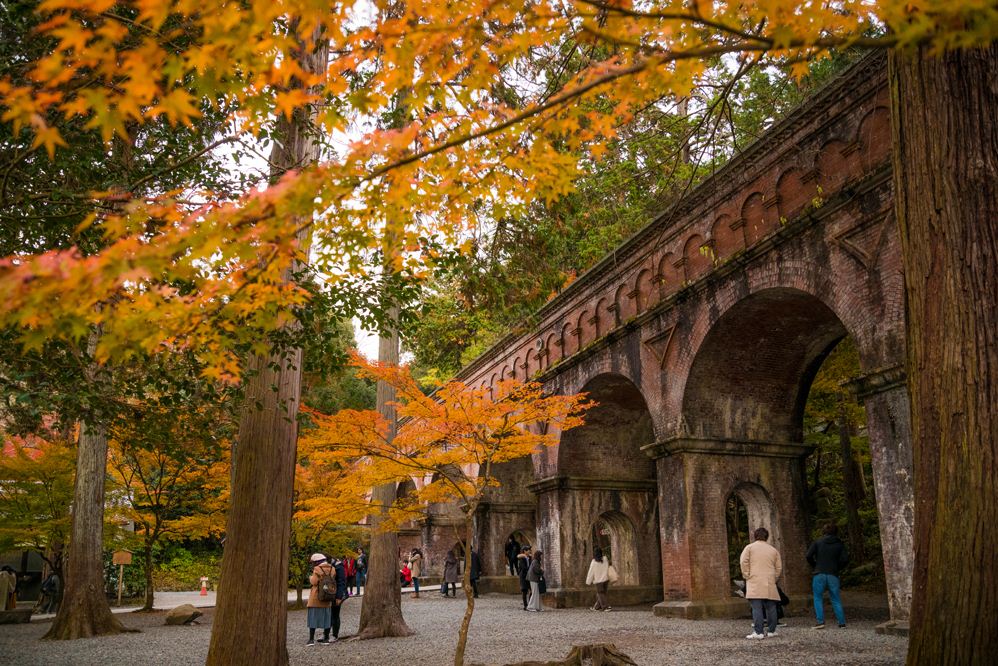
In particular, the bright yellow autumn colors always make a strong impression on visitors. A lot of people coming here want to walk under the yellow leaf forest, immersed in the enchanting natural scenery. In addition to temples, shrines and palaces, this is a truly recognizable sightseeing spot of the city. The people of Kyoto are known for their appreciation of the passing of the seasons, and everything about the city changes as the seasons go by.
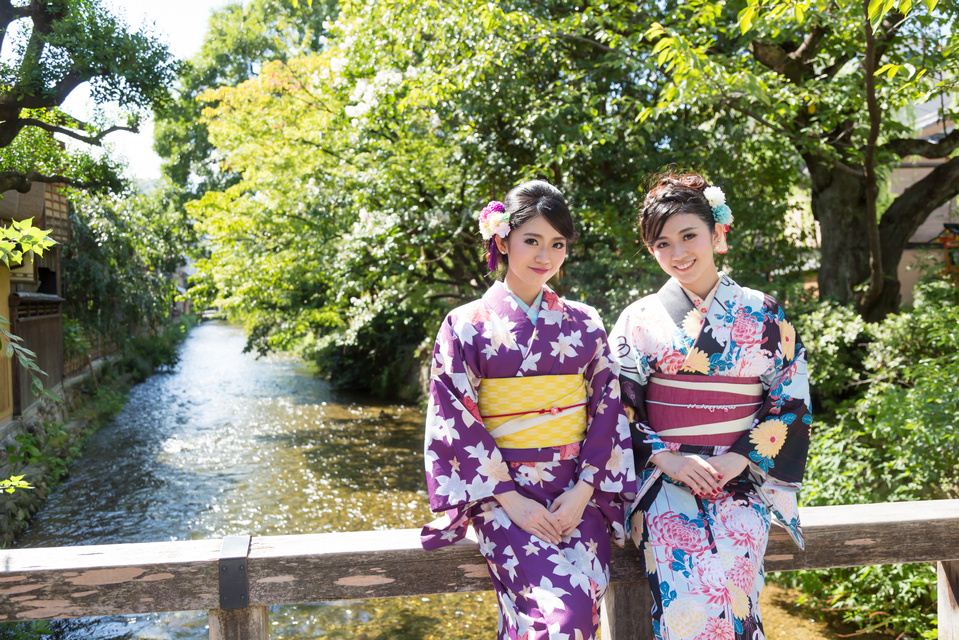
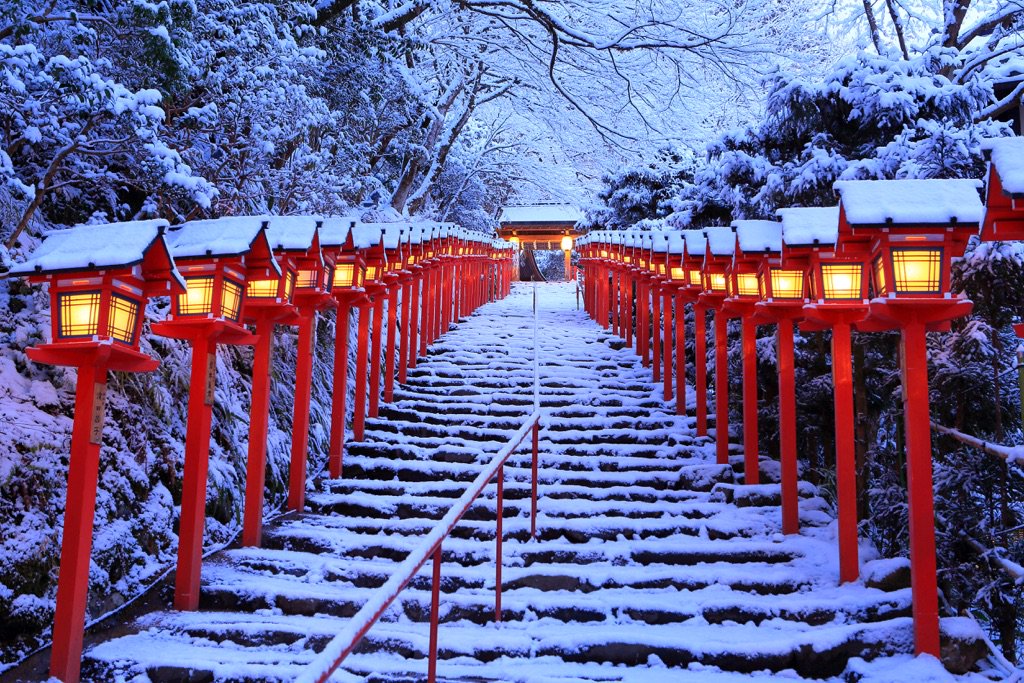
Most notably, the four-season weather in Kyoto is quite unpredictable. It is typically cold in the winter with the possibility of snow, and hot in the summer with the possibility of heavy rain. Therefore, take an umbrella with you when traveling to Kyoto. Whether you use it to cover yourself from the rain or just to protect your skin from the summer sun, you’ll be glad you have a small umbrella by your side when walking around Kyoto.
November and April are the best time to go to Kyoto
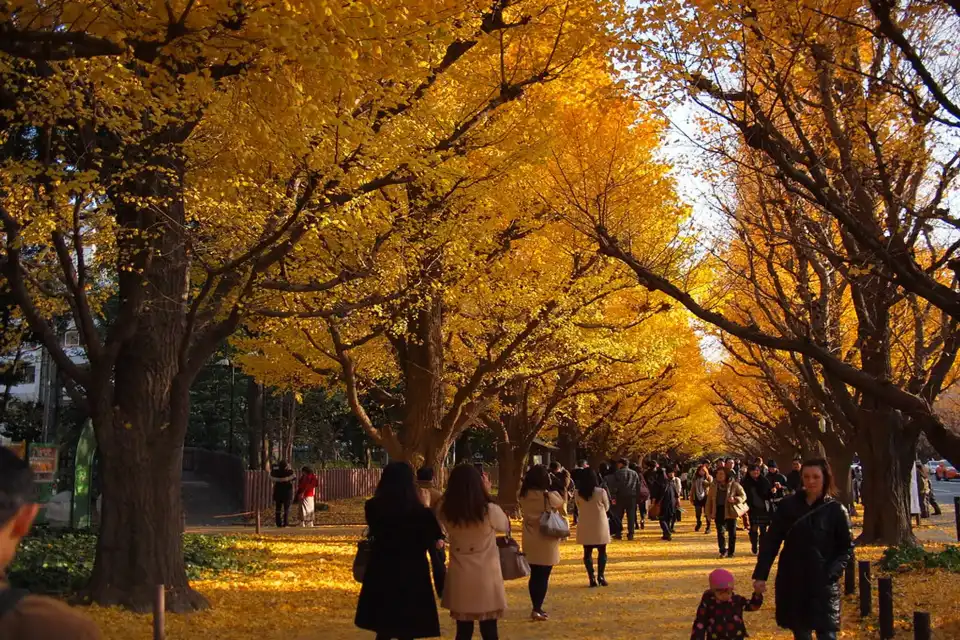
Kyoto is a city of beauty all year round. This place is always full of fascination; however, if you are an international tourist, you should come here during the cherry blossom season or snowy days to get the best views.
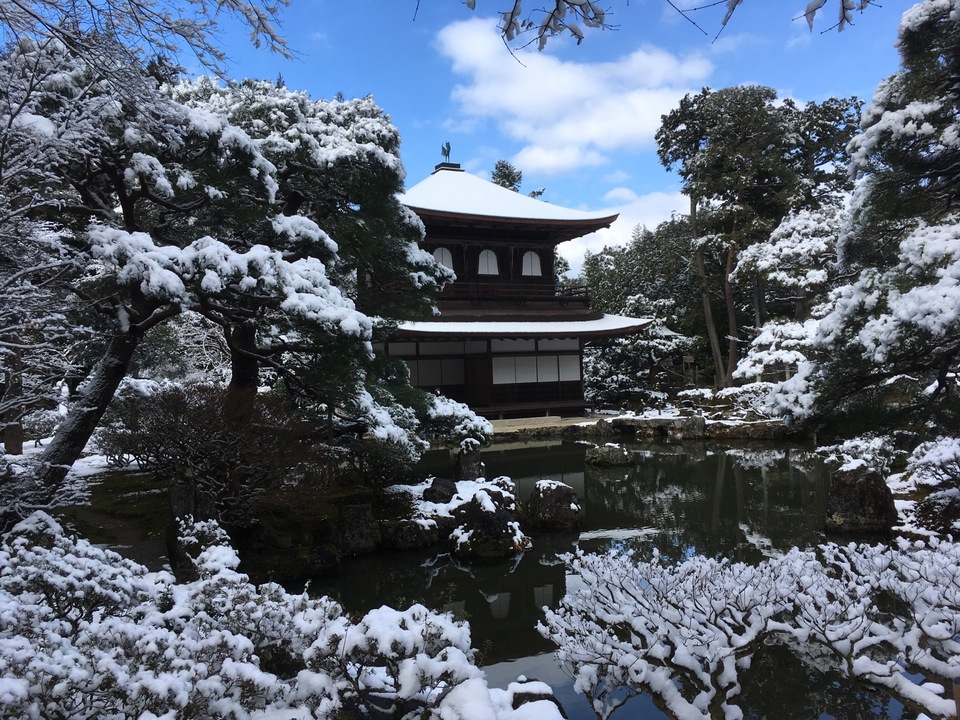
Most days in April are warm. The beginning of April is also the best time to watch the cherry blossoms bloom, so there will be a lot of visitors coming here, and it will be very busy for sure.
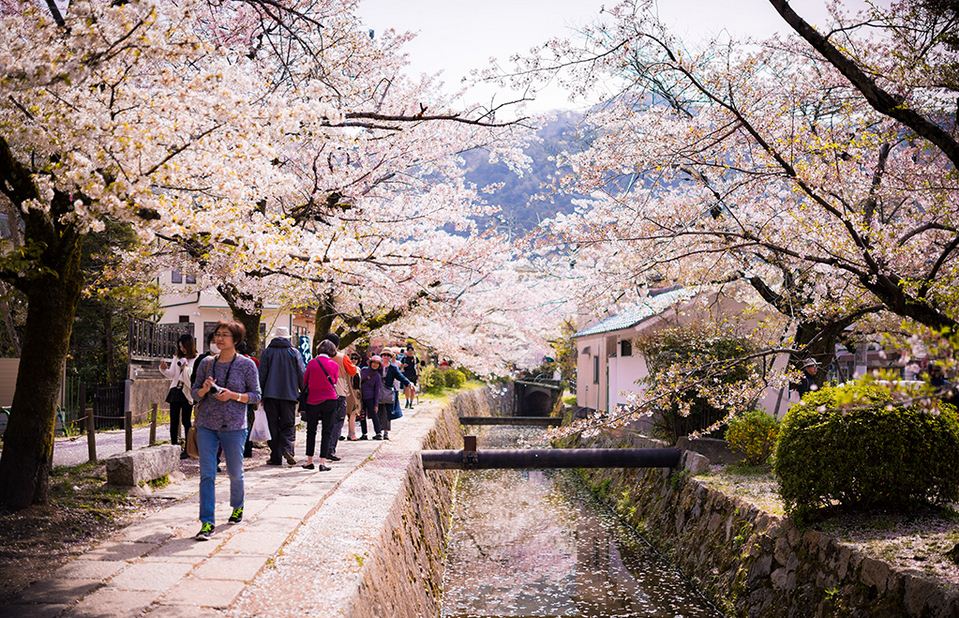
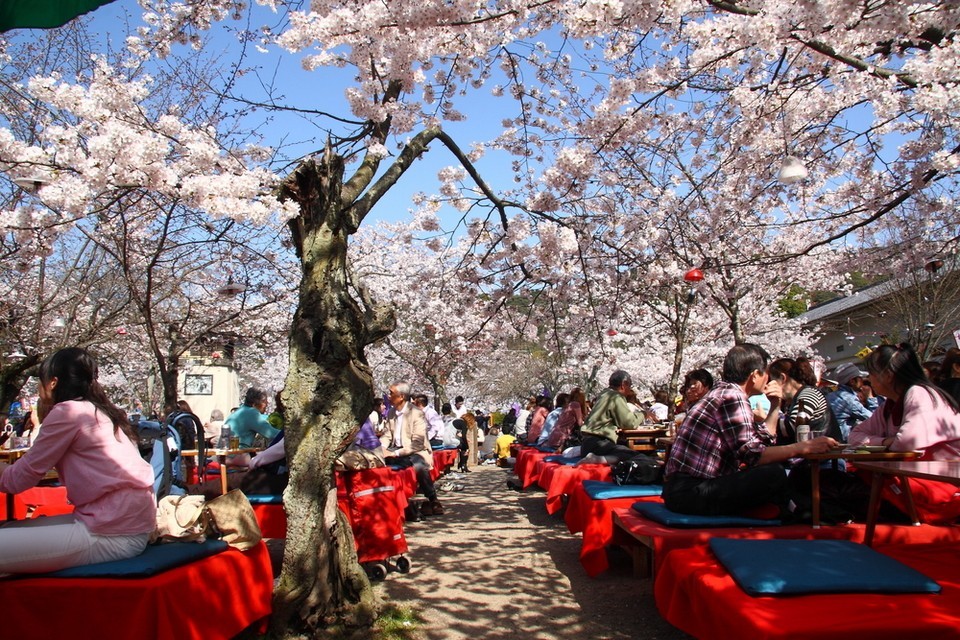
November is toward the end of fall, from now on the temperature will continue to drop, so you may need really thick jackets. This is also the best time to watch autumn leaves. Why don’t we admire the scenery and enjoy a shot of shinshu (a Japanese wine), a type of alcohol always available at all times of the year?
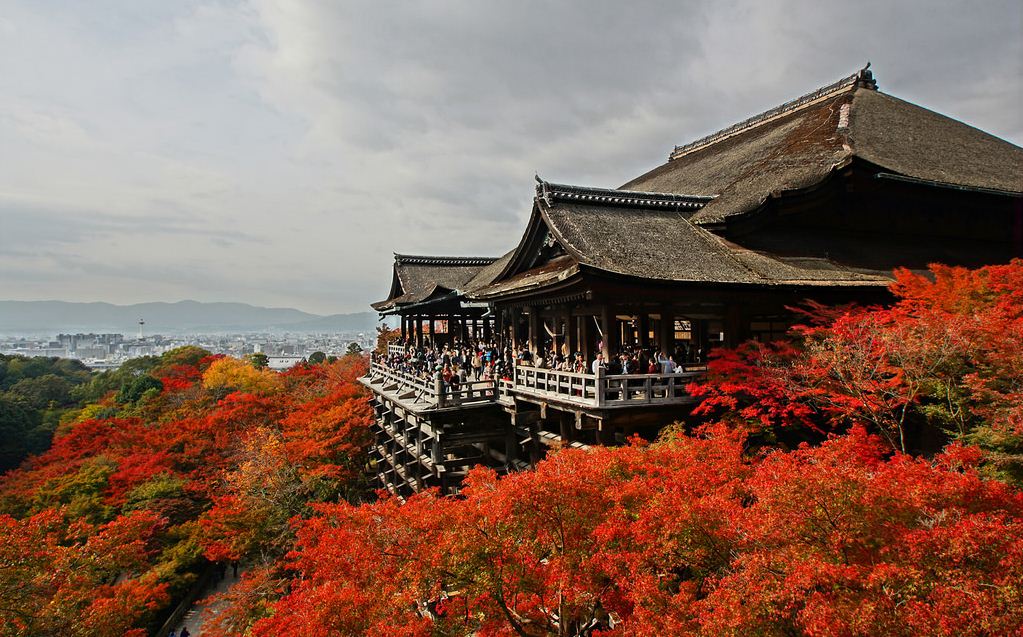
Similar to April, the city welcomes a lot of tourists who travel here for the view of the golden autumn leaves! In terms of scenic beauty and weather, both months are ideal times to visit Kyoto. Unfortunately, for those who prefer tranquility, it is one of the most crowded tourist times of the year to travel.
Kyoto is very crowded (#kyoto insider tips)
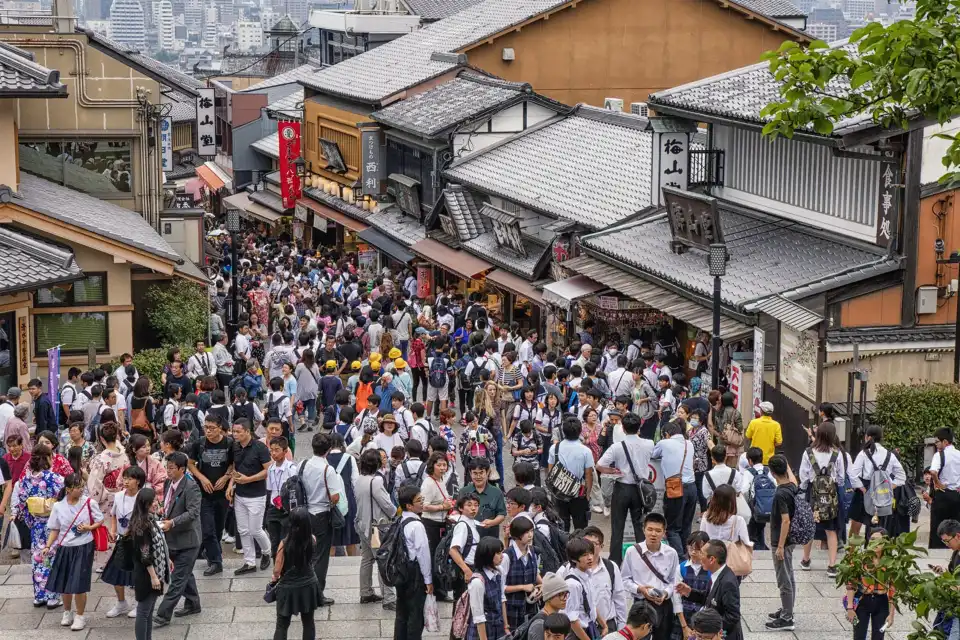
In recent years, Kyoto has received record numbers of foreign tourists. The main reason for this is a change in Japan’s visa requirements for nearby Asian countries such as China. Currently, Kyoto is flooded with Chinese tourist groups (along with South Korean, Taiwanese, Thai, and many others).
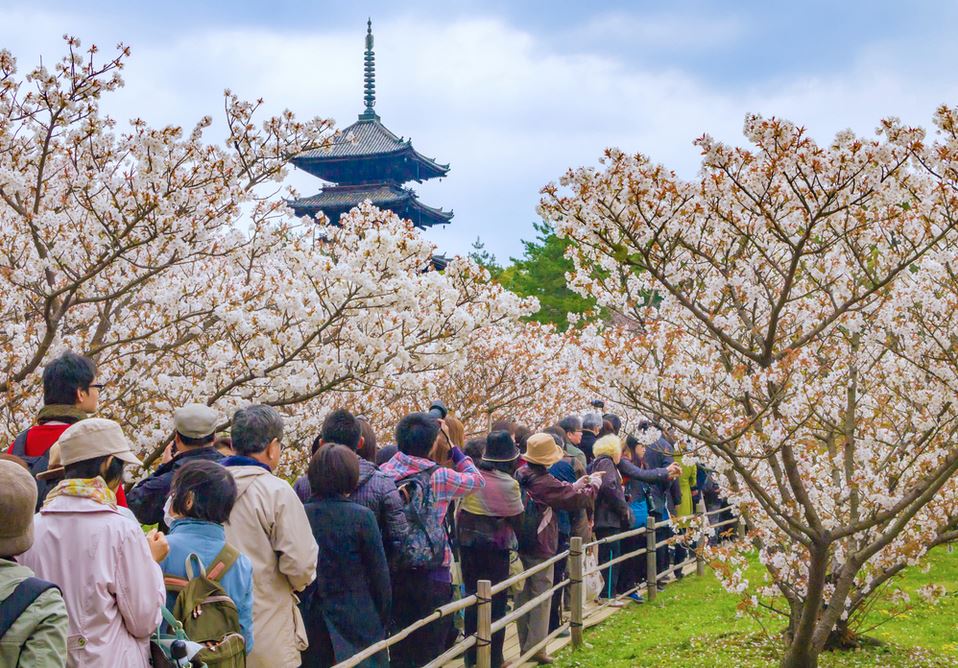
Western tourists are also arriving in record numbers, attracted by Japan’s landscape, culture and reasonable prices. Cherry blossom season (late March ~ early April) is the most busy time. Golden Week (early May) and leaf season (November) are also very busy, but not overcrowded to travel.

I would recommend visiting popular spots on weekdays, right after opening or just before closing. If you want to avoid big crowds, it’s better for you to know where people are going. Below is a list of some busiest places in Kyoto.
- Kiyomizu-dera Temple
- The streets leading to Kiyomizu-dera Temple (especially Matsubara-dori)
- Fushimi Inari-Taisha Shrine
- Nishiki Market
- Ginkaku-ji Temple
- Kinkaku-ji Temple
- Ryoan-ji Temple Rock Garden
- Tofuku-ji Temple
- Eikan-do Temple
- Nijo-jo Castle

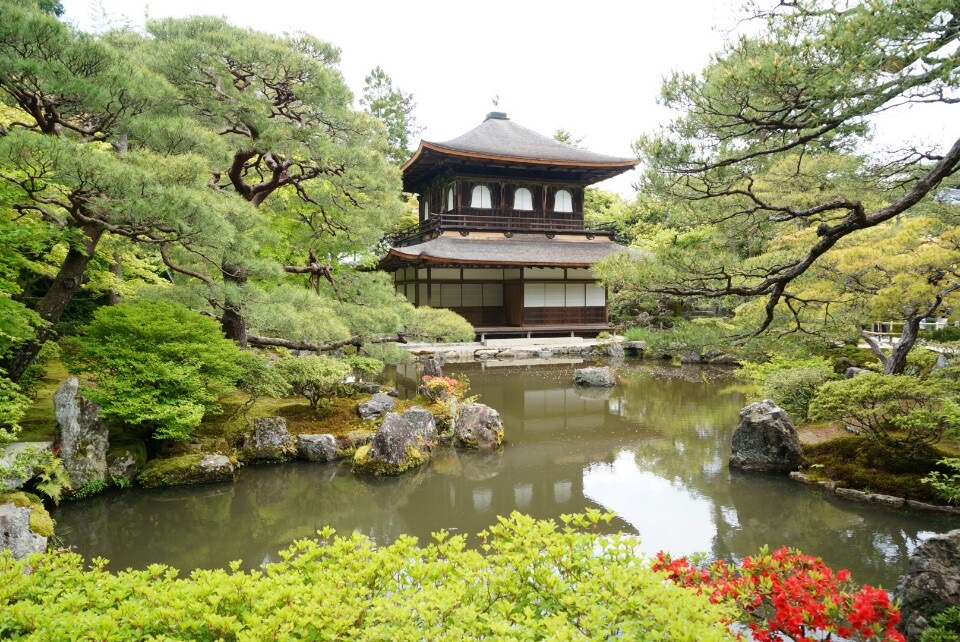
Plan your budget and spending (#kyoto tips)
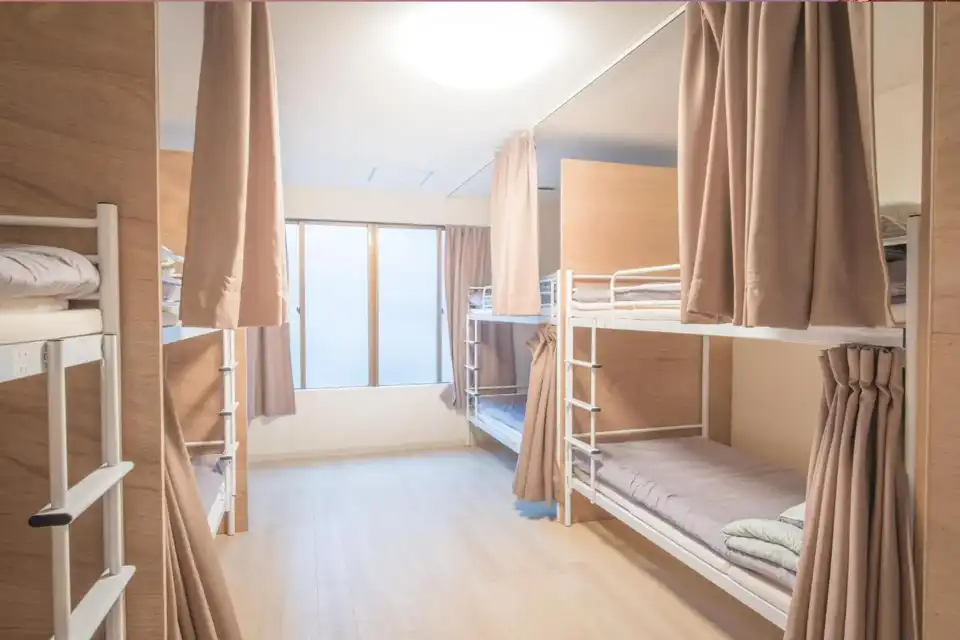
The cost of accommodation in Kyoto, for example, a hostel characterized by a bunk bed similar to a bed in a student dormitory will cost you from JPY 2,000 – 4,000 per night for one room. Many hostels are within a ten-minute walk from Kyoto Station, featuring free Wi-Fi, a kitchenette, and some even have a private patio. If you want privacy, reserving a hotel is a better option.
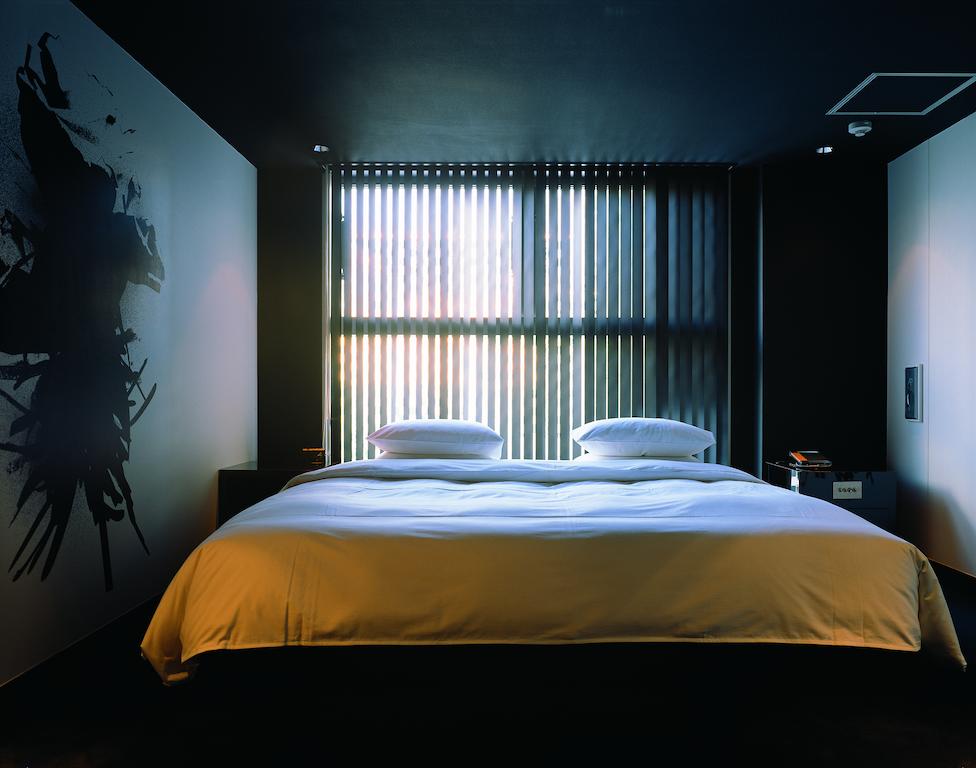
With regular hotel rates at around JPY 8,500 or a little less, you can get a room of free Wi-Fi and all other usual amenities a hotel offers. Use Booking.com because they consistently return the cheapest rates.
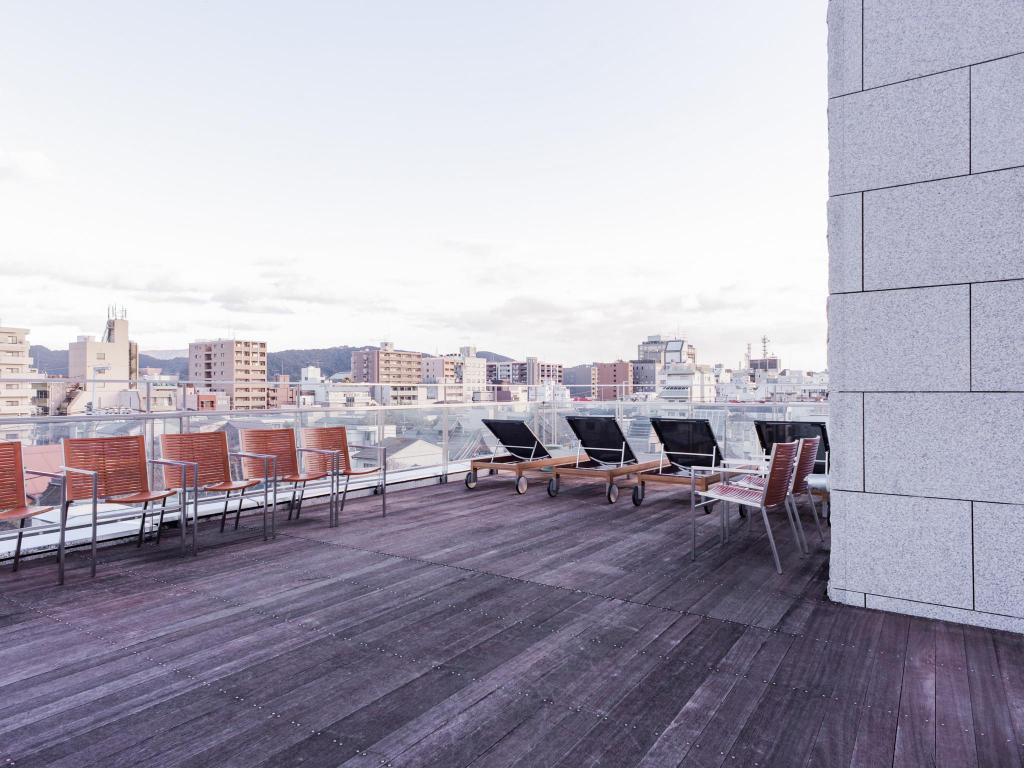
For the average cost of food, eating out can cost you a lot of money if you’re not careful. But not all restaurants are expensive and there are many budget-friendly ramen, tempura and sushi restaurants in Kyoto. A curry bowl costs as low as JPY 340 per order. Donburi, a meat and white rice bowl, is around JPY 500-620.
Plus, ramen never costs more than JPY 865. The aren grocery store is as cheap as you’d expect, which costs you around JPY 8,700 for a meal. Most restaurants here charge between JPY 1,240 – 2,480. If you plan on traveling with a tight budget, get your food from convenience stores. Rice balls, ramen, and other prepackaged foods cost only about JPY 200.
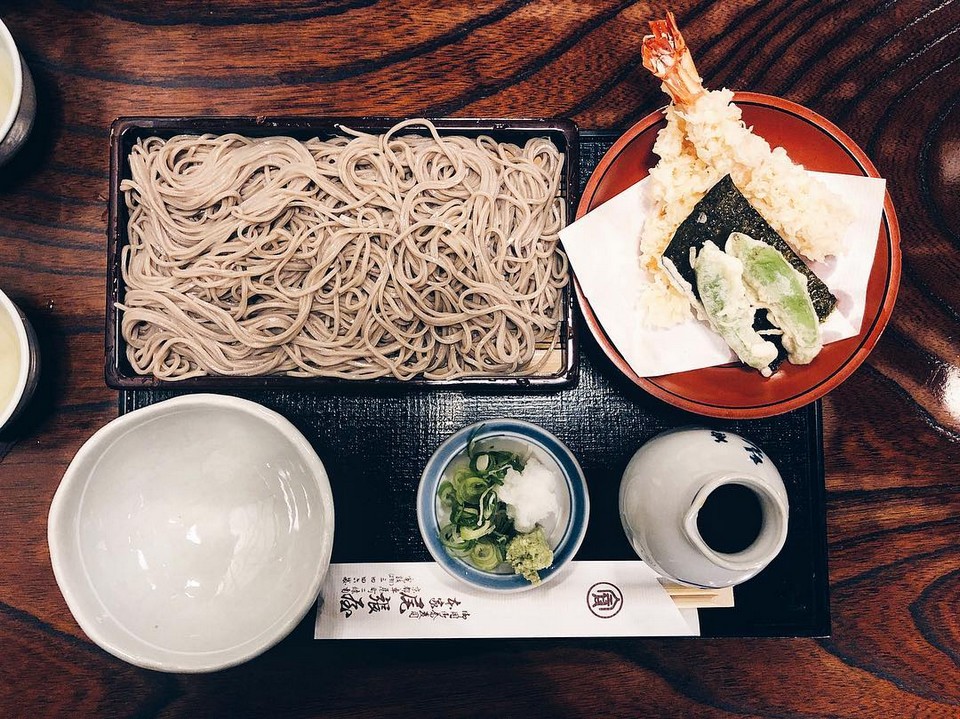
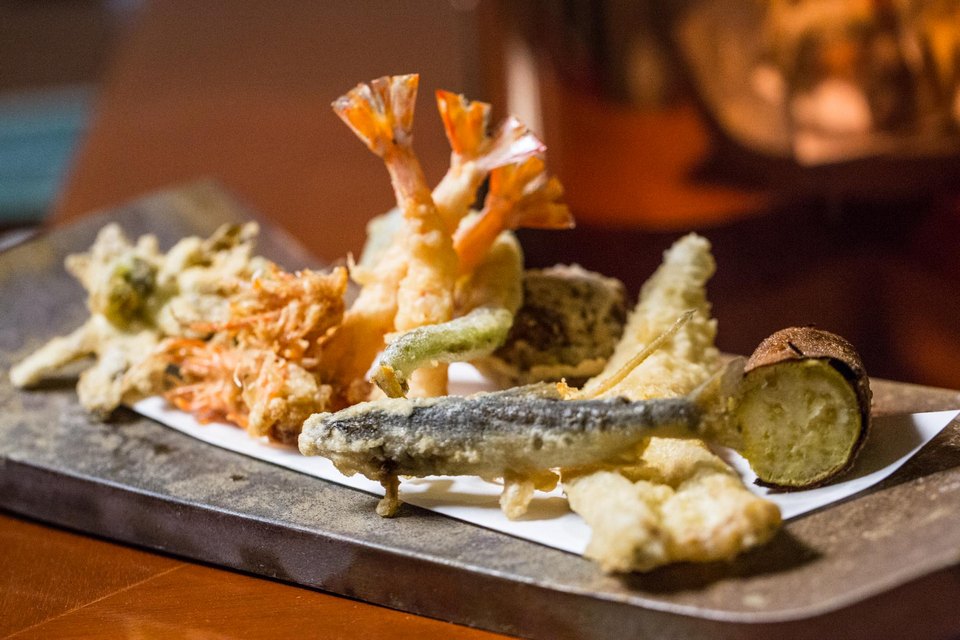
In terms of transportation, the easiest way to get around the city is by bus. It starts at 230 JPY for a single trip or 500 JPY for one day. You can take the subway, there are two main trains – Karasuma and Tozai lines – and the fares are from around JPY 210. Kyoto is also a great city to explore by bike, with a full-day bike rental price of around JPY 1,500.
Is Kyoto safe for travelers? (#kyoto tips)
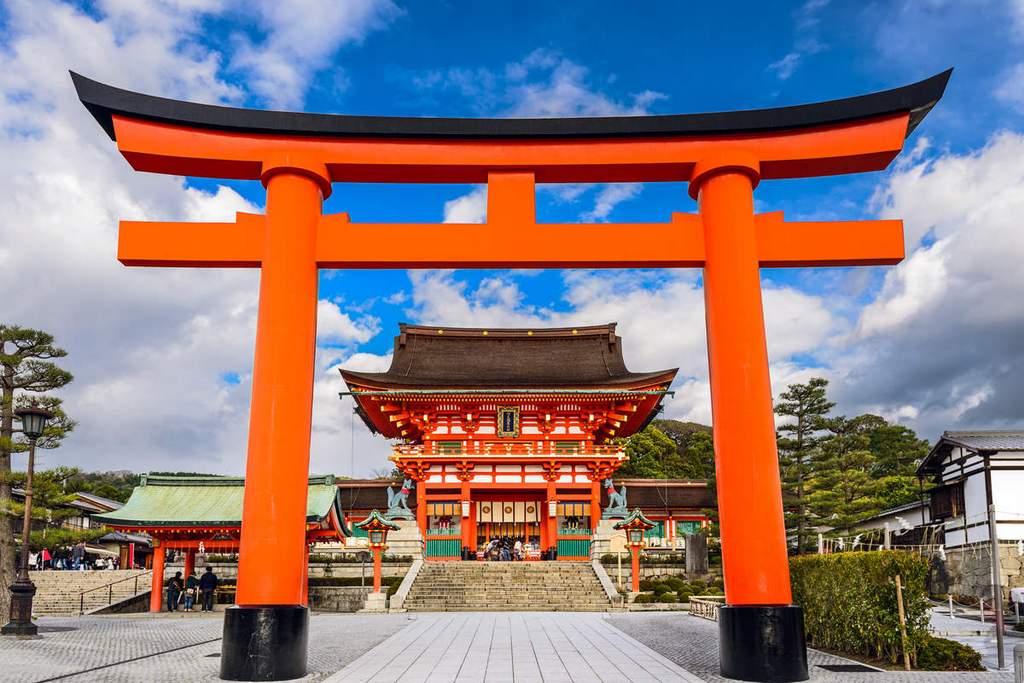
Kyoto is a true ancient city because it has no skyscrapers or modern structures. In return, the ancient capital also preserves many historical and cultural relics both materially and spiritually of the Japanese people.
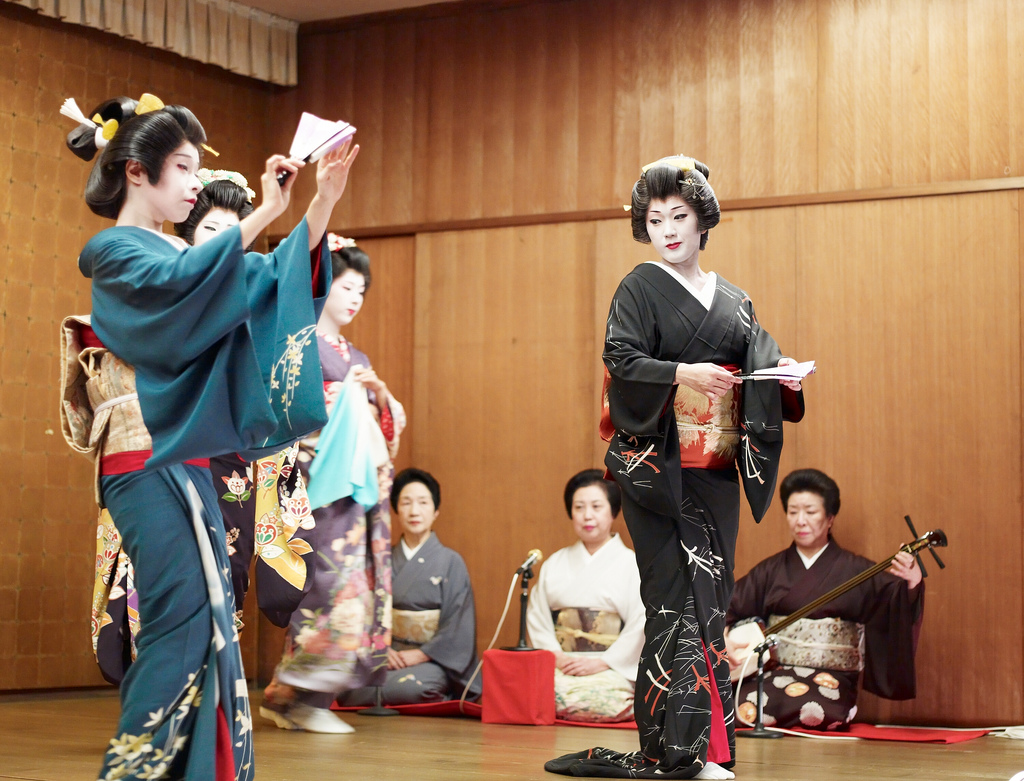
Kyoto is the embodiment of ancient, legendary Japan with a slow, charismatic, peaceful pace of life. It is estimated that more than half of Japan’s ancient temples, shrines, and mansions gather around Kyoto. Low houses are hidden and intertwined with fruit trees, narrow streets, many bicycles, and few cars. People are liberal and tend to be fond of walking. Japan has a reputation for being a safe place.
Low crime rate. People are honest. And, there is no political turmoil. However, female travelers should pay attention in situations that may be dangerous to themselves (e.g., do not hitchhike alone and do not walk alone at night). One thing all travelers should have when going anywhere, and Kyoto is no exception, is travel insurance. It is very important to protect you from accidents and loss of important items such as passports.
Travel to Kyoto (#kyoto tips)
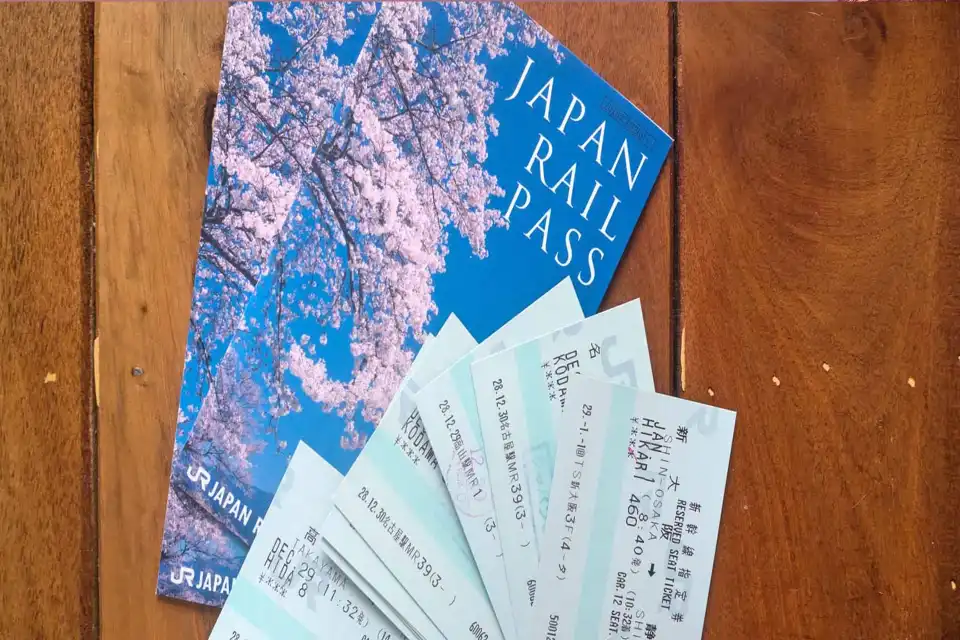
Not bustling or full of giant skyscrapers like Tokyo, Osaka, or Yokohama, Kyoto exudes the vibe of ancient beauty. The old capital retains many ancient historical relics, ancient pagodas, shrines, and temples, making the scenery here peaceful and intimate. That’s why Kyoto is more and more attractive to international tourists coming to Japan.
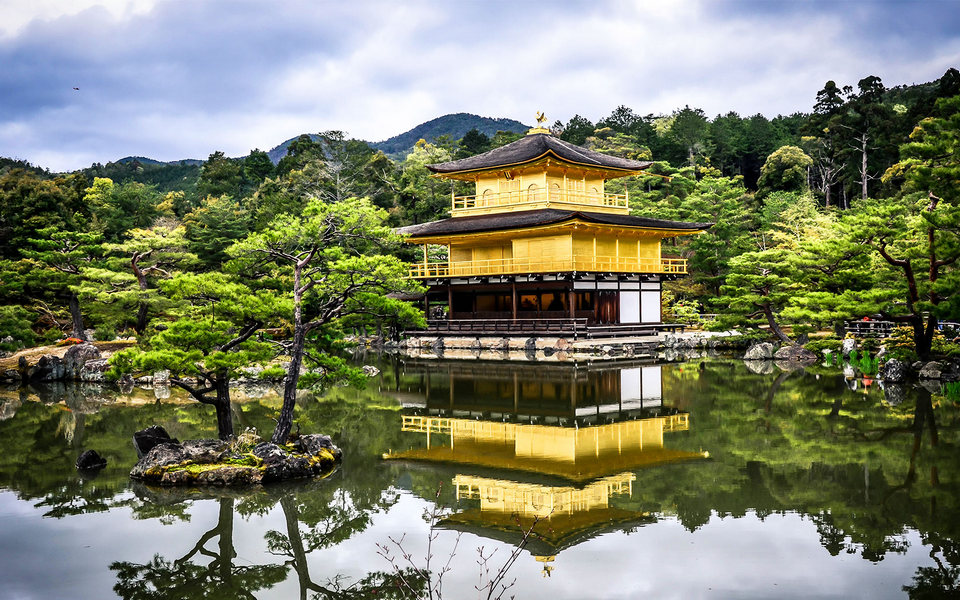
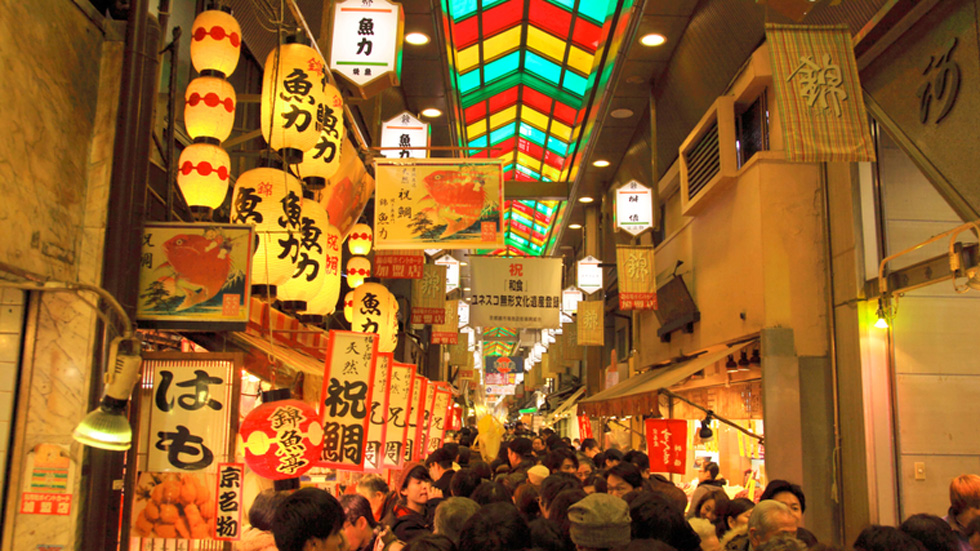

There are many famous tourist attractions in Kyoto. Moreover, it’s not easy for those who are first-time travelers to a foreign country, so you need to get some advice and guidance on how to travel to the most beautiful places in Kyoto. For instance, you can find helpful info on the nearest roads, convenient public transport and travel expenses. If you travel to Kyoto on an international flight, you will arrive in Kyoto at Kansai International Airport. It is one of the most important Japanese airports in Osaka, about 100 km from the city.
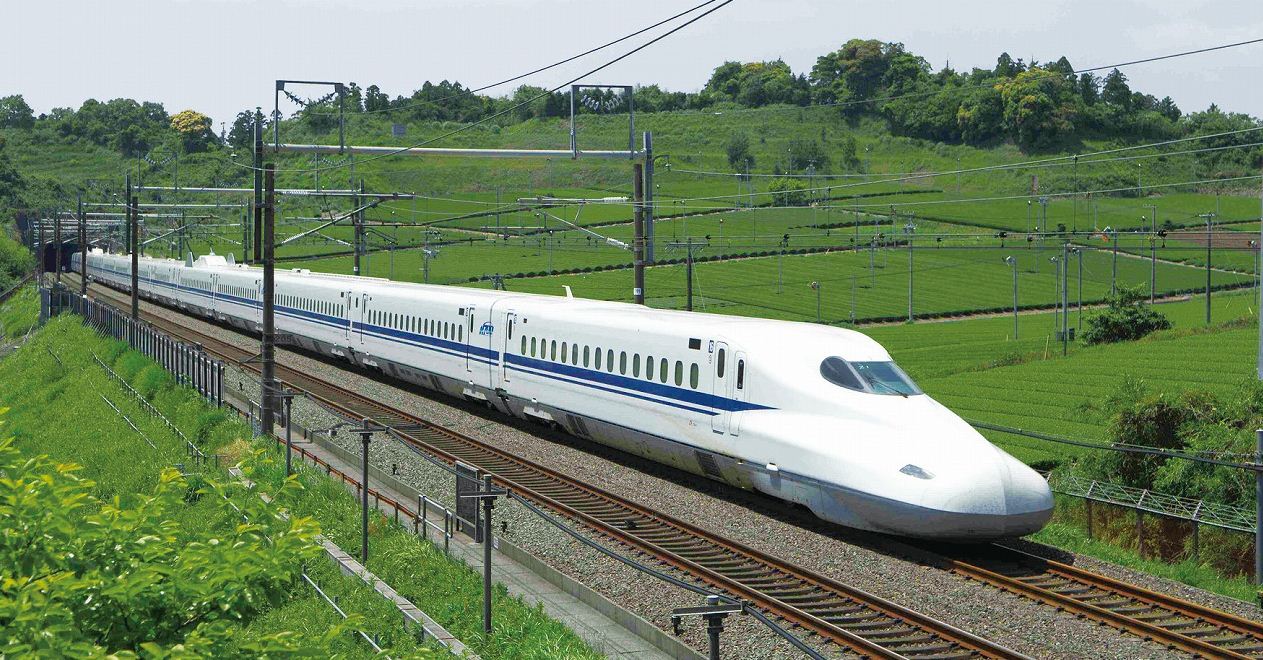
If you fly to Tokyo, you can take the high-speed train or shinkansen that can take you to Kyoto in about 2 hours and 20 minutes. Most visitors heading to Kyoto take the JR train thanks to its accessible and economic options. You can also refer to the Japanese Travel Experience by JR Pass to make travel simpler and more convenient.
Gion Festival
Gion Festival is Kyoto’s largest festival that takes place throughout July next to the Yasaka Temple. Despite being named after the district of Gion, the main events take place on the opposite bank of the Kamo River. There are two main parades called Yamaboko Junko, which take place on the 17th and 24th. On the nights before the parade (yoiyama), the downtown area of Kyoto would be reserved for pedestrians. The streets are busy with food stalls, drinks, and festive games.
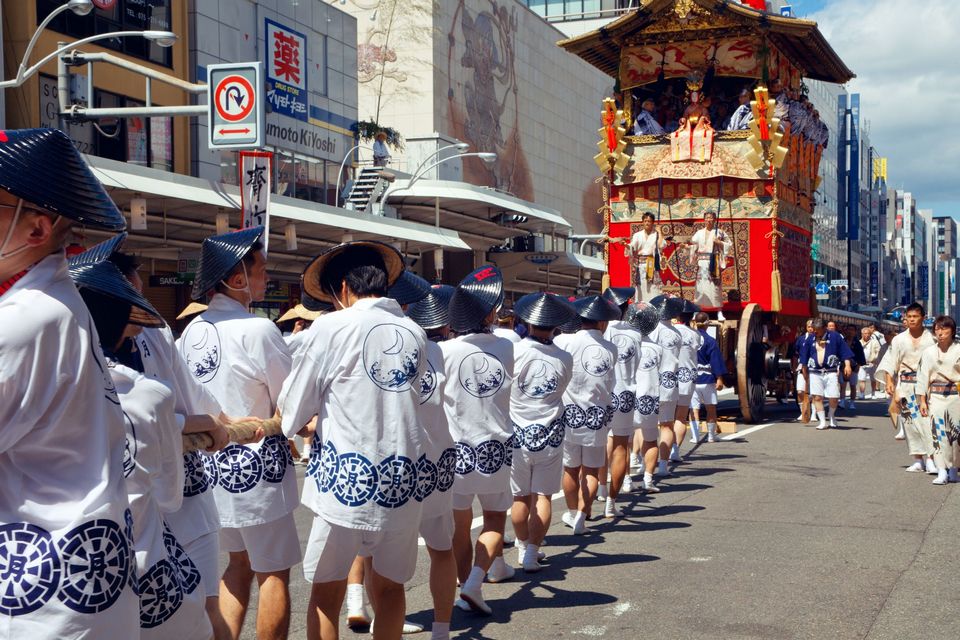
On July 17 and 24, the parade processions (Hoko and Yama) occur between 9:00 to 11:30. Together, many groups of people would hold heavy parades with sharp carvings along with beautiful carpets from Nishijin. Yama parades weighing up to 1,600 kg and Hoko parades weighing up to 12,000 kg start from Shijo-Karasuma or Karasuma-Oike. If you attend the festival, make sure you wear yukata!
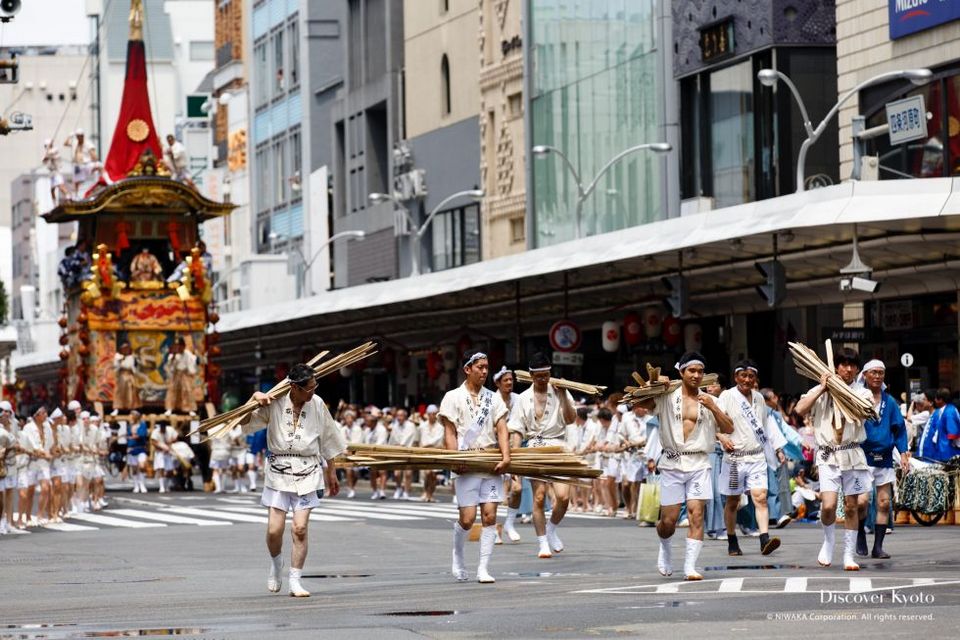
Kyoto is a city of traditional wooden houses, Buddhist temples, gardens, Shinto shrines, and official traditions such as kaiseki cuisine and geisha. This is home to the world-famous Inari-taisha Fushimi shrine.
We hope our list of things to know before traveling to Kyoto will help you prepare for your trip to Kyoto, making it more interesting and remarkable. By sharing our full and detailed Kyoto travel experience, we wish you a happy and meaningful trip.
Some best day tours, trips, activities and transfer services, tickets in, to and from Kyoto you can refer to
- Private Kansai International Airport Transfers (KIX) for Kyoto
- Limousine Bus Transfers between Kansai International Airport (KIX) and Osaka or Kyoto
- Shared Night Bus Transfers from Kyoto to Tokyo
- Private Kansai Airport (KIX) Transfers to Osaka, Kyoto, Nara, Uji, Kobe, or Arima
- Kyoto-Osaka Sightseeing Pass (1 Day/2 Days, Kyoto Pick Up)
- Kyoto-Osaka Sightseeing Pass 1 Day/2 Days (Pick up at Osaka)
- Randen + Subway 1 Day Pass
- Kyoto Temples & Shrines Day Tour from Osaka: Fushimi Inari-taisha, Arashiyama, Kiyomizu-dera & More
- Kyoto Perfect Day Tour from Osaka or Kyoto: Kiyomizu-dera, Fushimi Inari-taisha, Arashiyama & More
- Kyoto and Nara Day Tour from Osaka/Kyoto
- Kyoto Afternoon Tour from Osaka
- Hankyu Tourist Pass
- Kyoto and Nara Day Tour from Osaka/Kyoto
- Sagano Romantic Train One-Way Ticket (Saga or Kameoka Departure)
- Kimono Rental and Photoshoot in Kyoto by Ouka Kimono
- Kyoto Sagano Romantic Train Day Tour
- Kyoto Temples & Shrines Day Tour from Kyoto: Fushimi Inari-taisha, Arashiyama, Kiyomizu-dera & More
- Amanohashidate & Miyama One Day Tour from Osaka/Kyoto
- JR Kansai-Hiroshima Area Pass
- Kimono Rental in Kyoto Kiyomizu Temple
- One Day Kimono Rental
- Kyoto Temples & Shrines Day Tour from Osaka
- Kimono and Yukata Rental at Kimono Miyabi Kyoto
- 4G Prepaid Sim Card (JP Airports Pick Up) for Japan
- 4G WiFi (Japan Pick Up) for Japan
- JR Pass for Whole Japan (7, 14, or 21 Days)

Are you finding more top things to do in Kyoto: Tours, activities, attractions and other things? Let’s check it out at here. And read more: Kyoto blog (Kyoto travel blog) — The fullest Kyoto travel guide blog for a budget trip to Kyoto, Japan for the first-timers. And Kyoto 3 day itinerary — How to visit Kyoto in 3 days & what to do in Kyoto in 3 days perfectly?
































![10 best airports in Asia in 2016 [RANKED] kuala-lumpur-international-airport-best airports in asia in 2016 by skytrax ratings](https://livingnomads.com/wp-content/uploads/2016/08/29/kuala-lumpur-international-airport-best-airports-in-asia-in-2016-by-skytrax-ratings-218x150.jpg)









